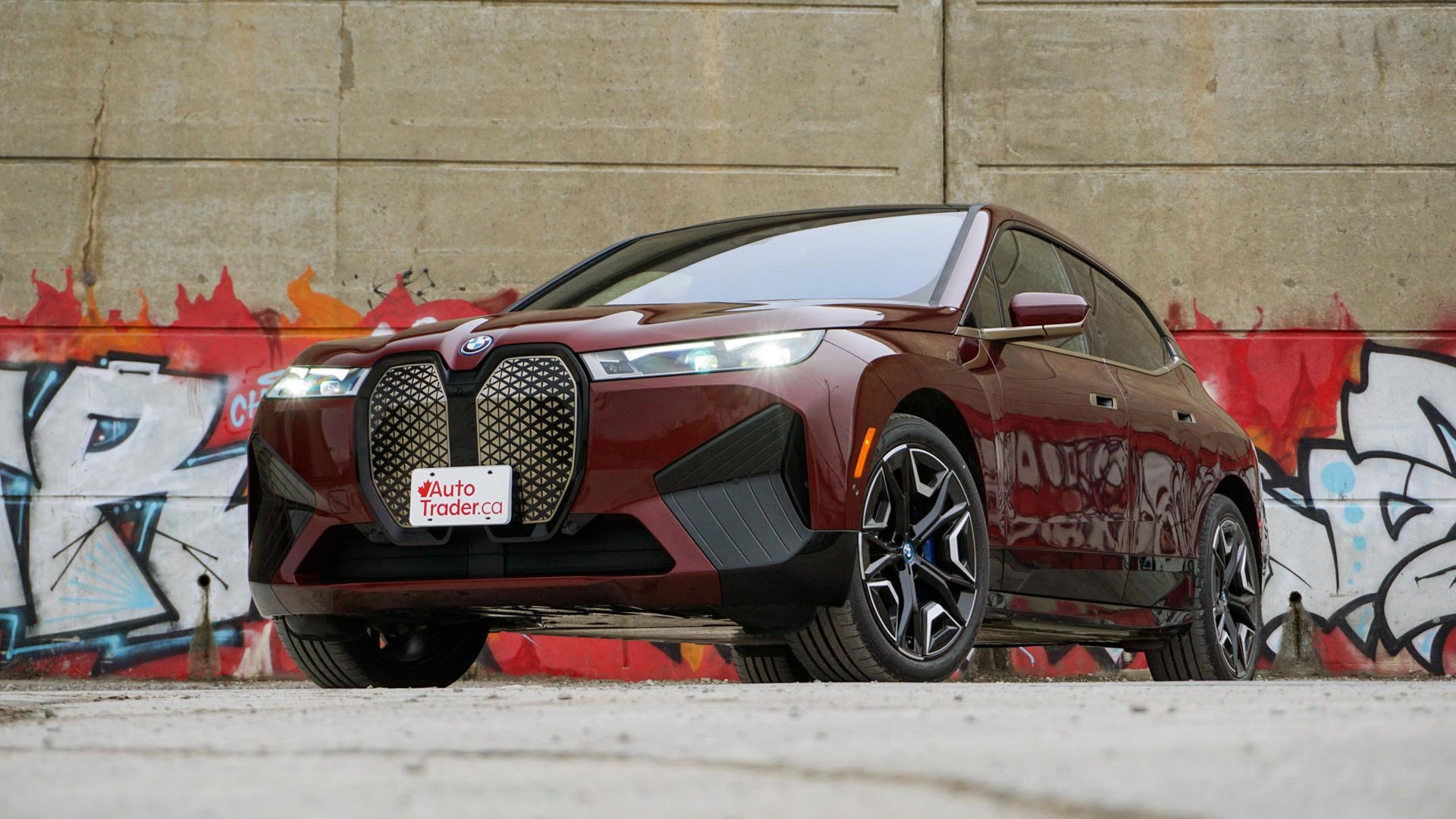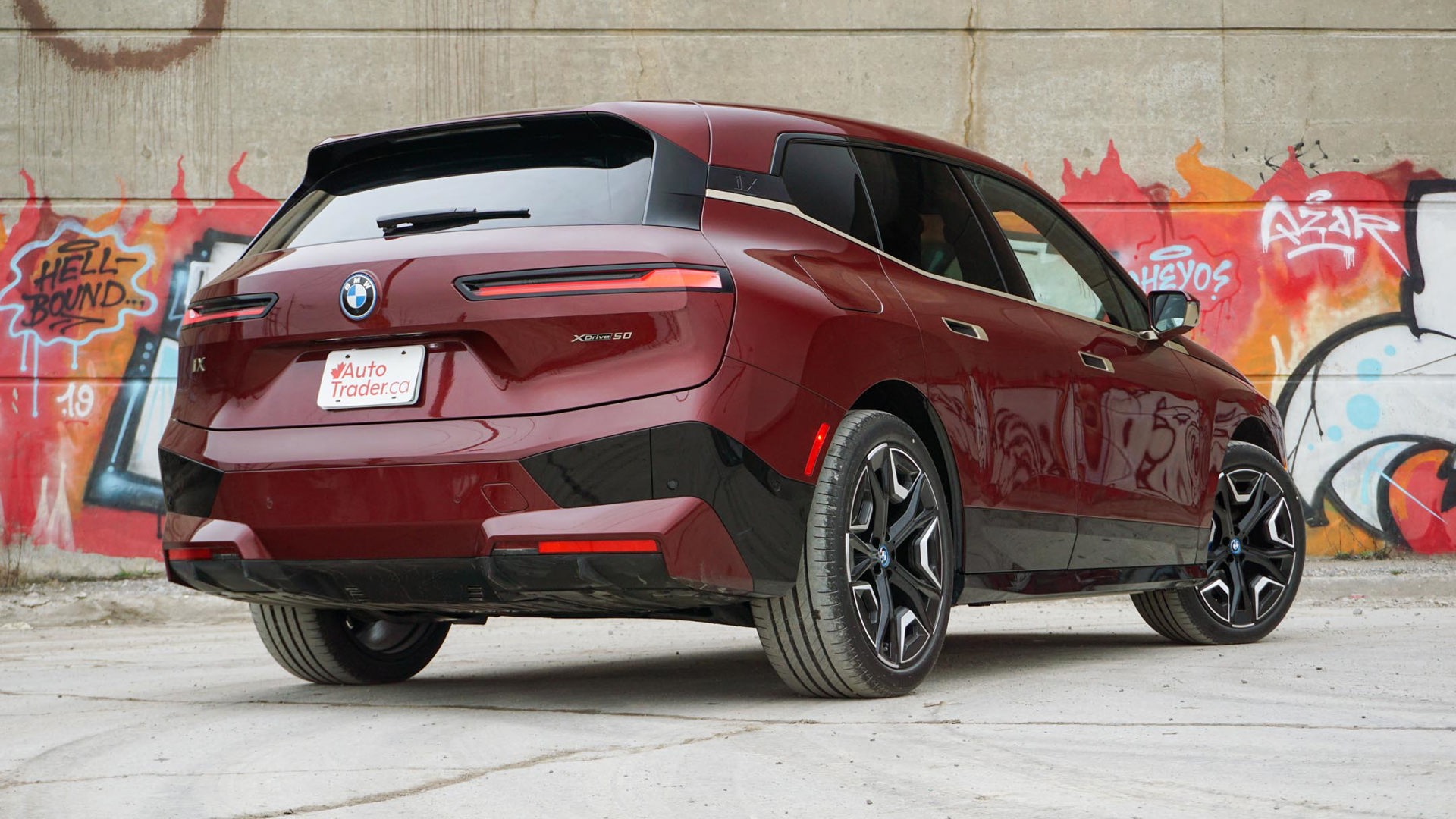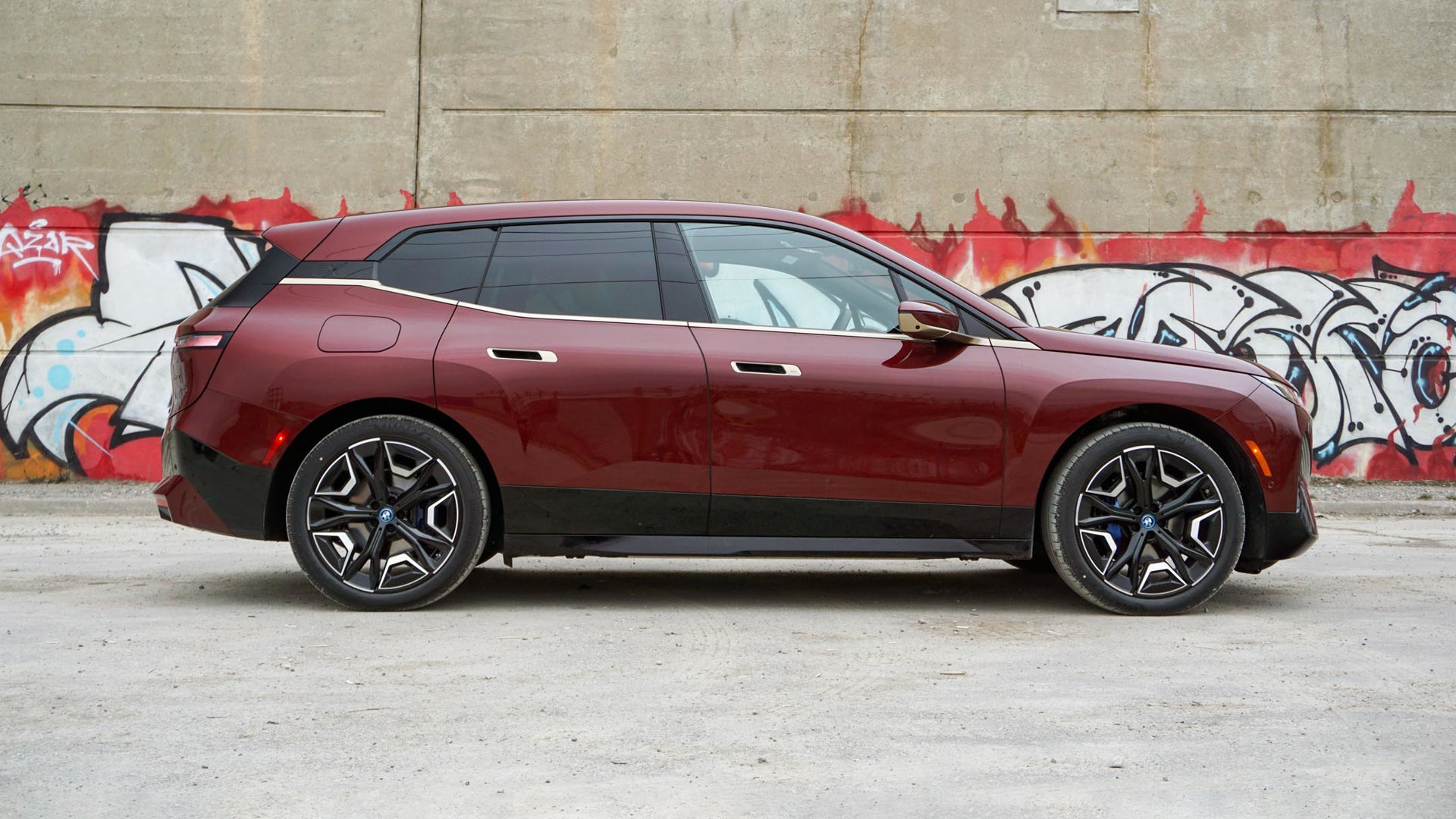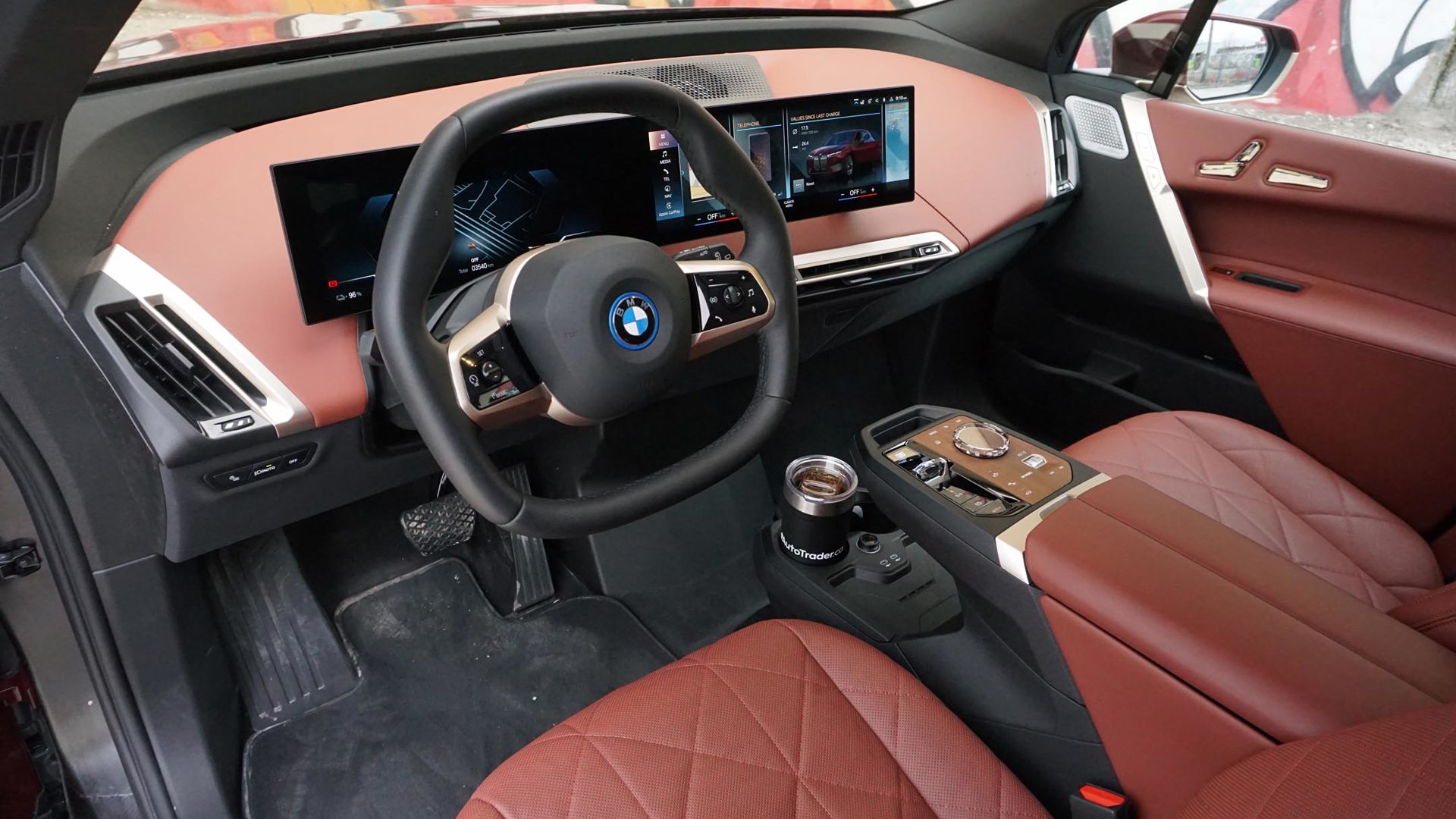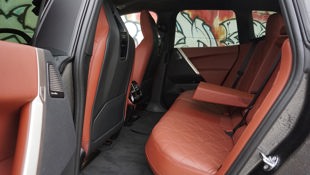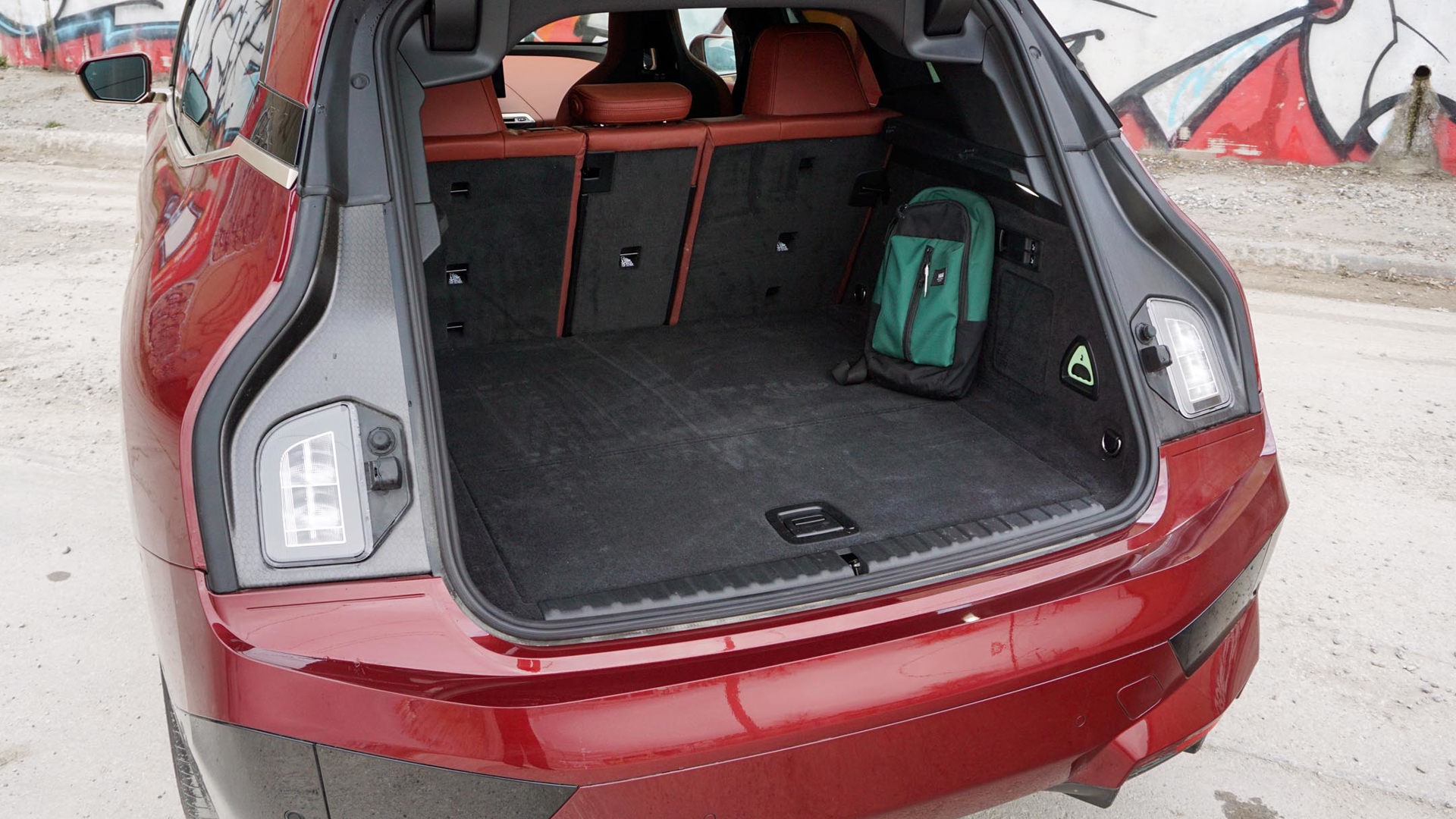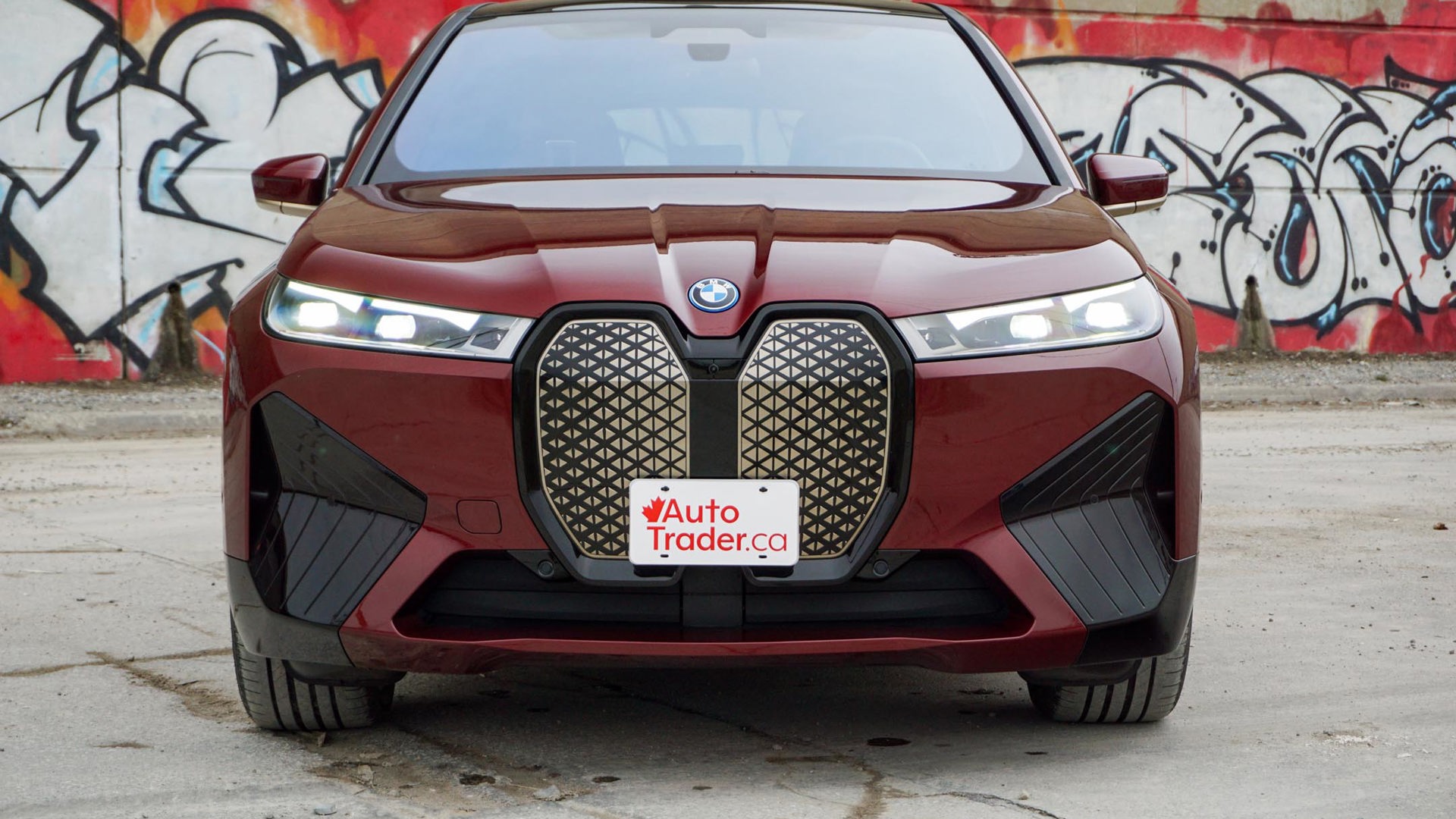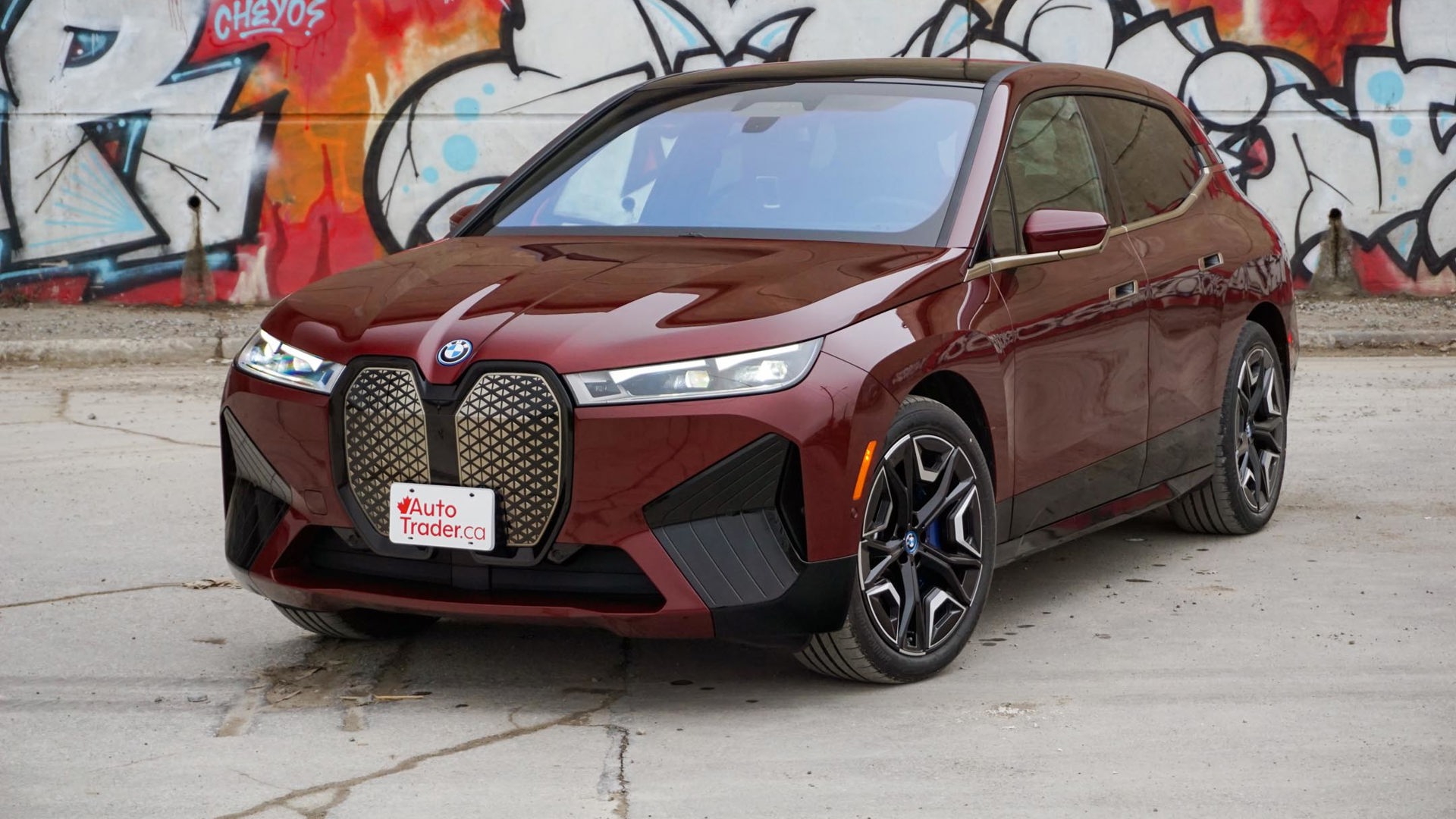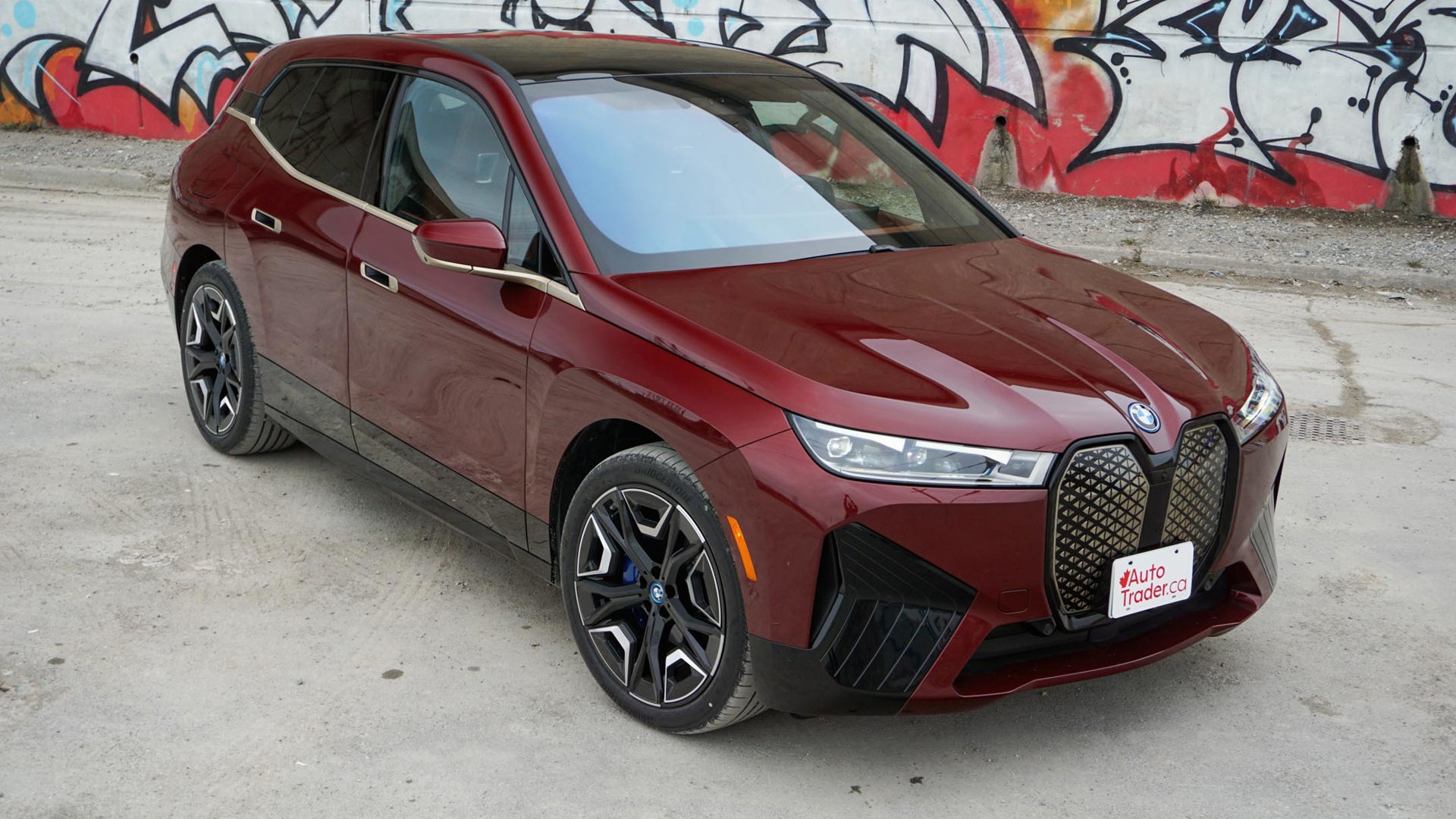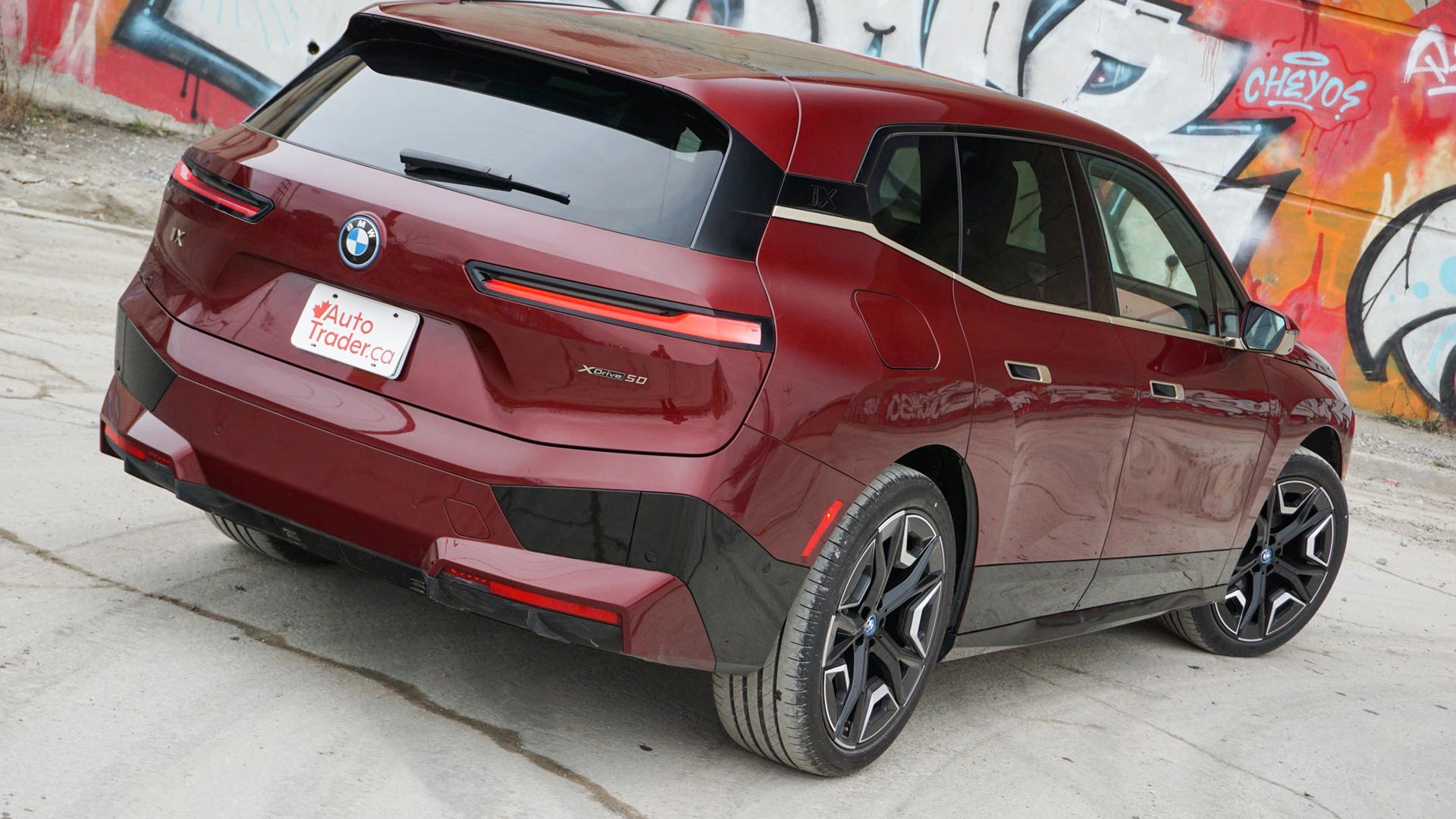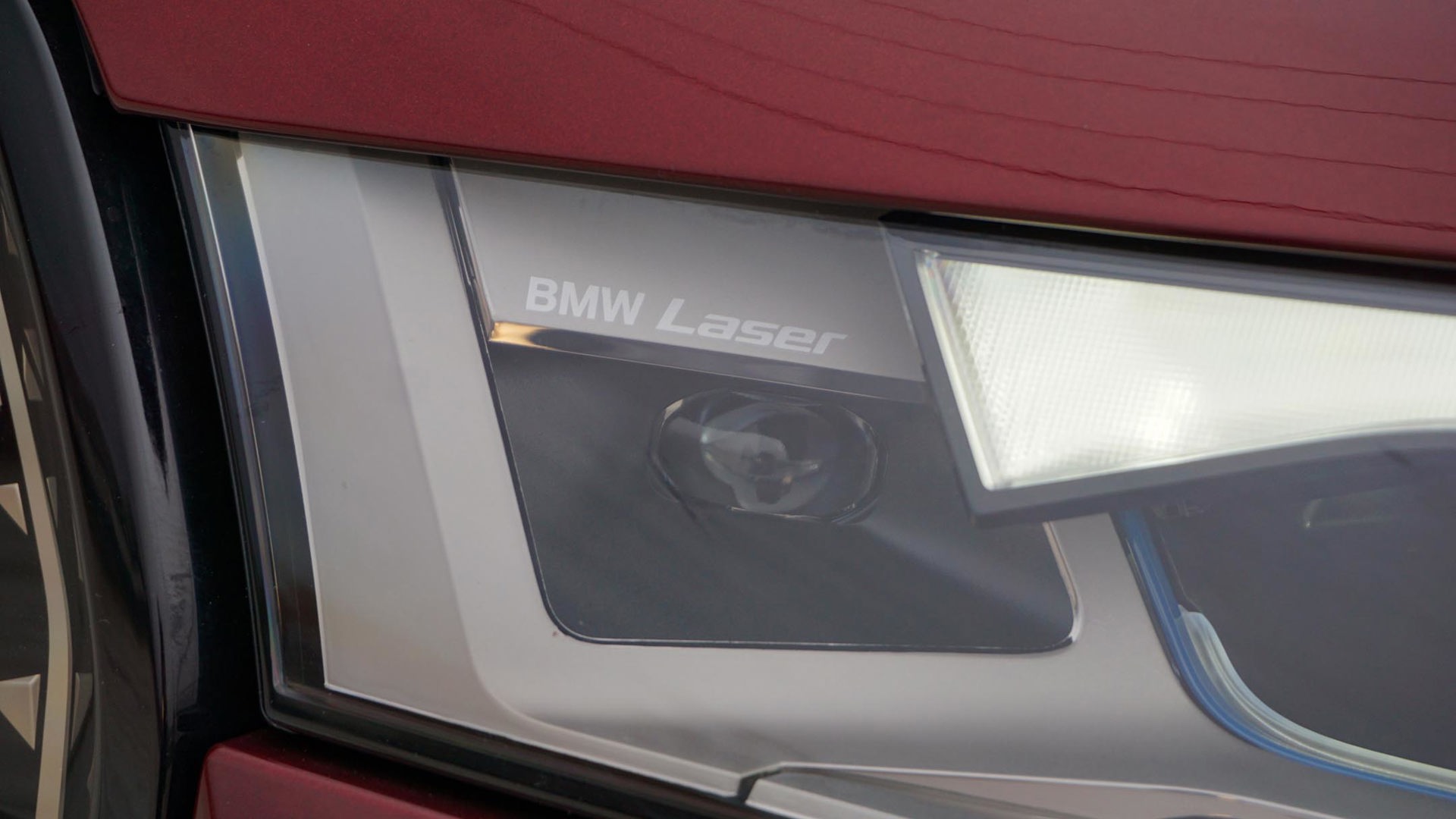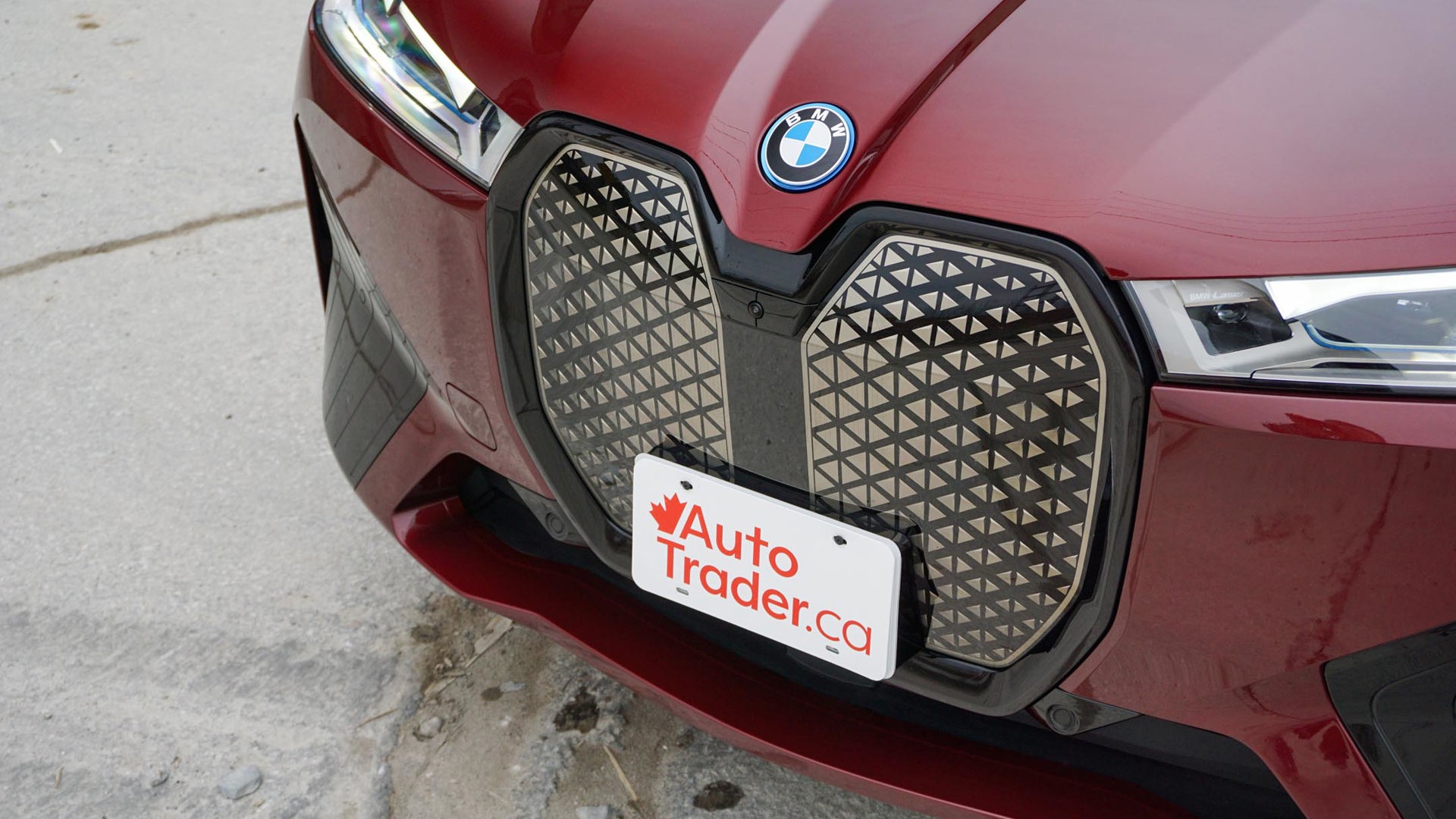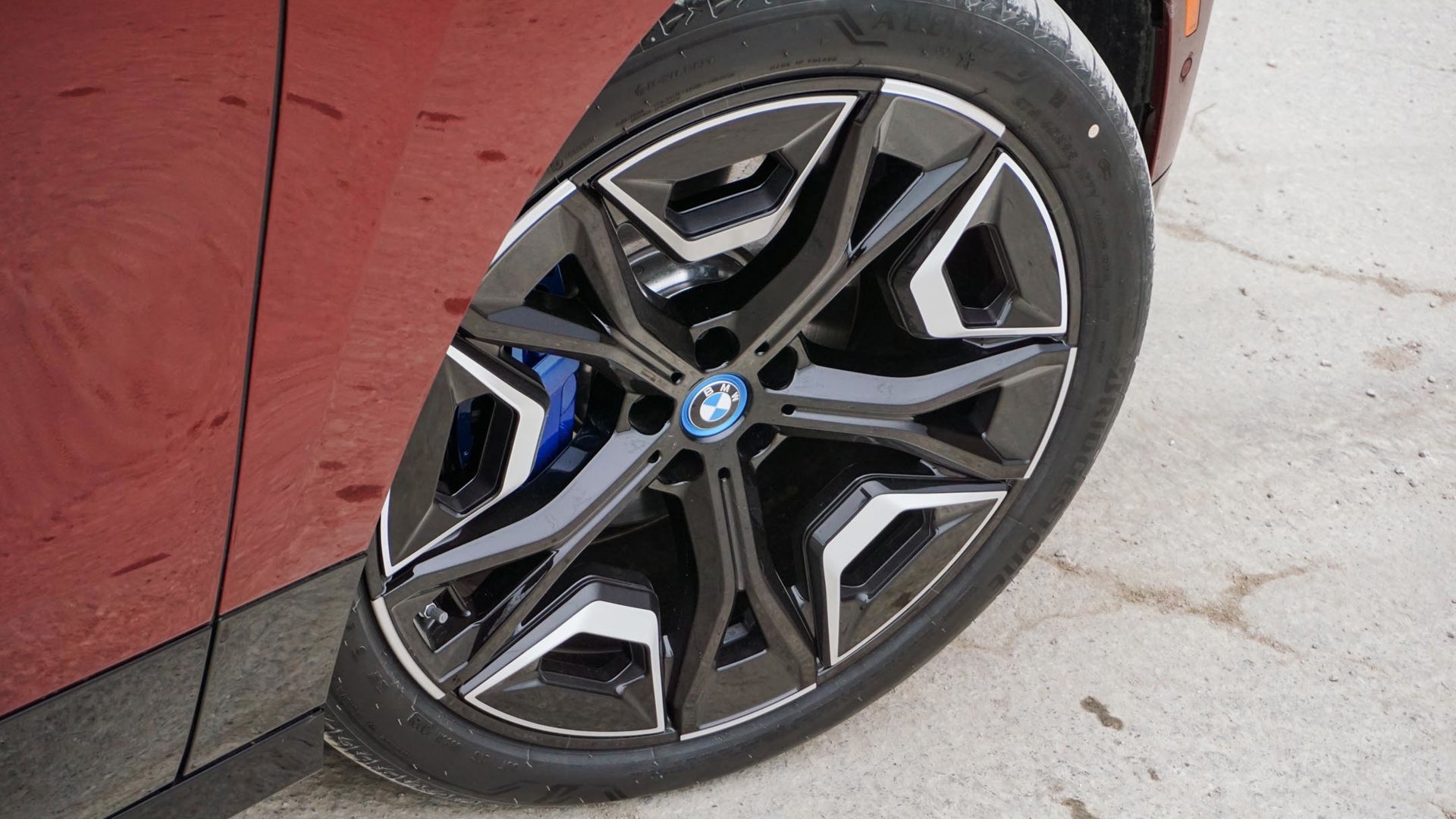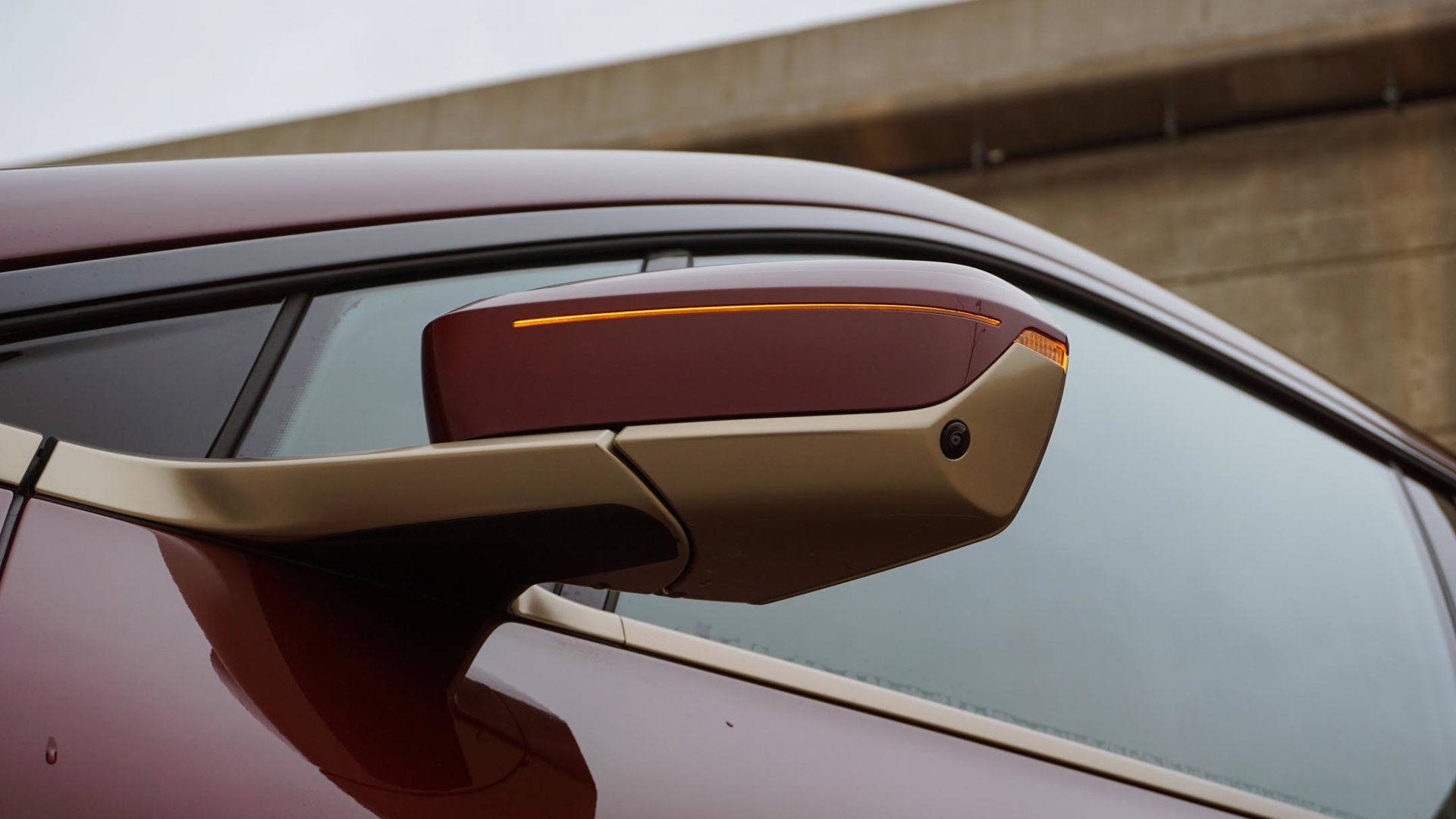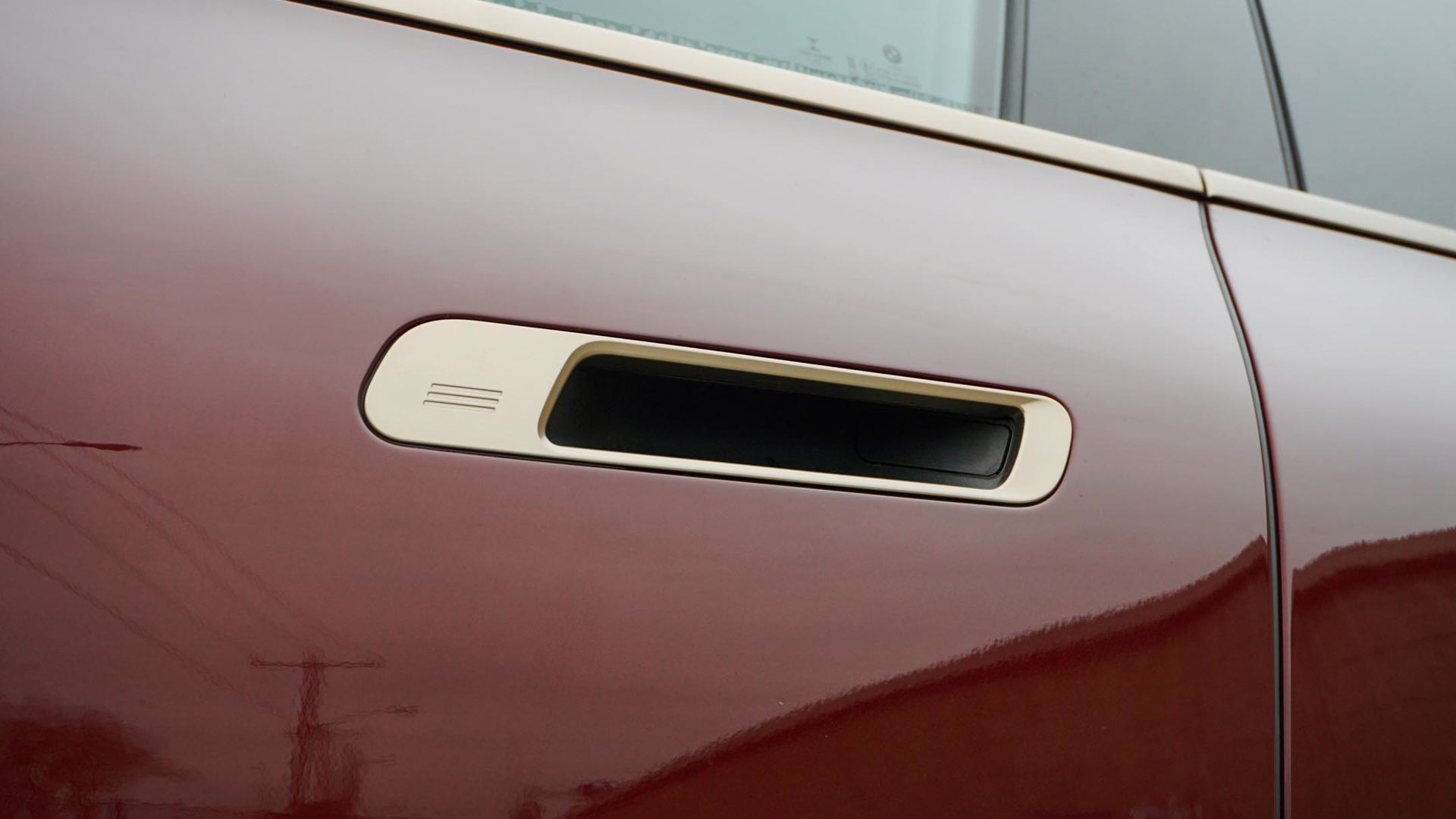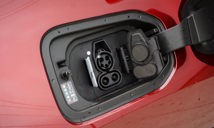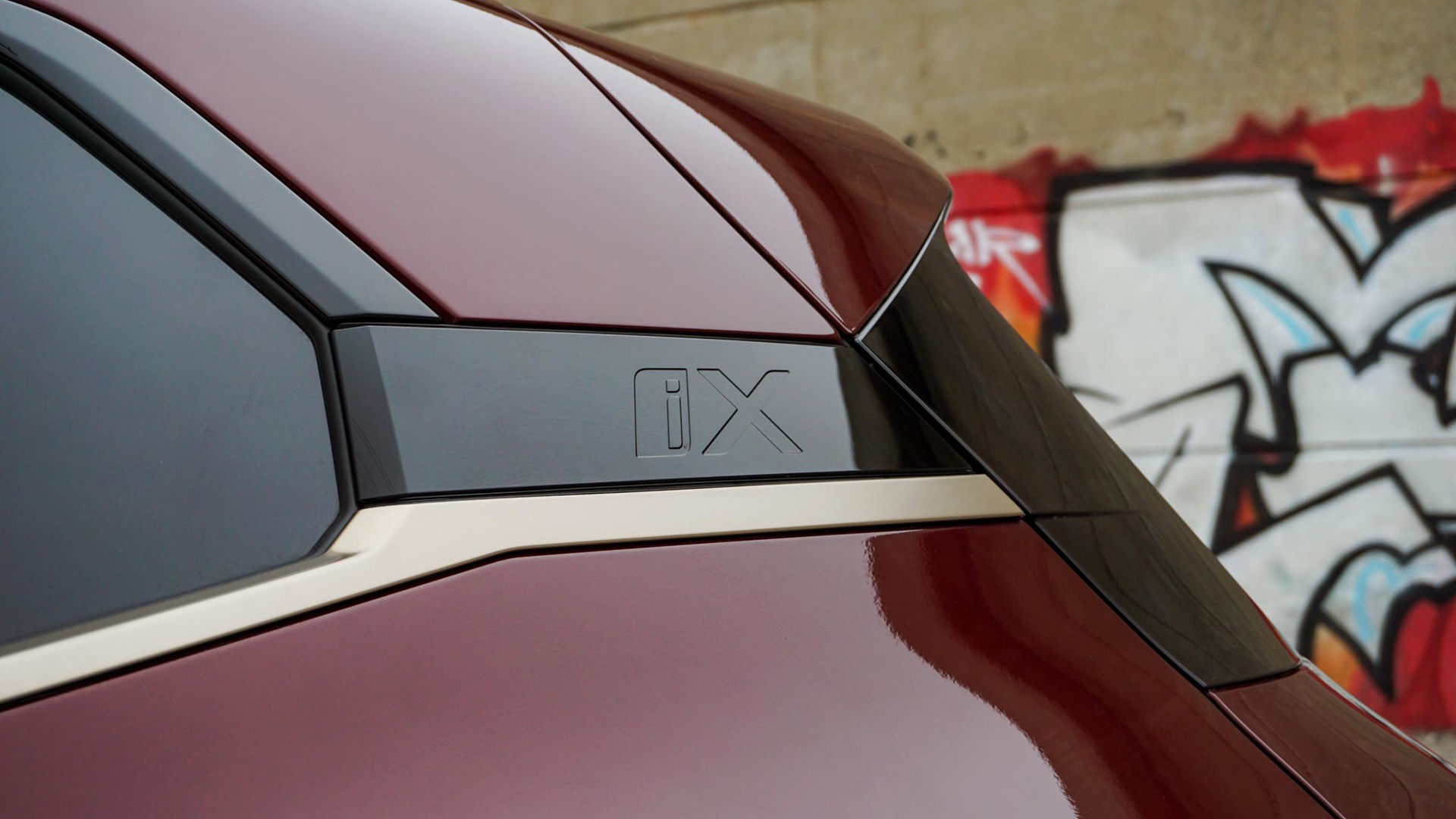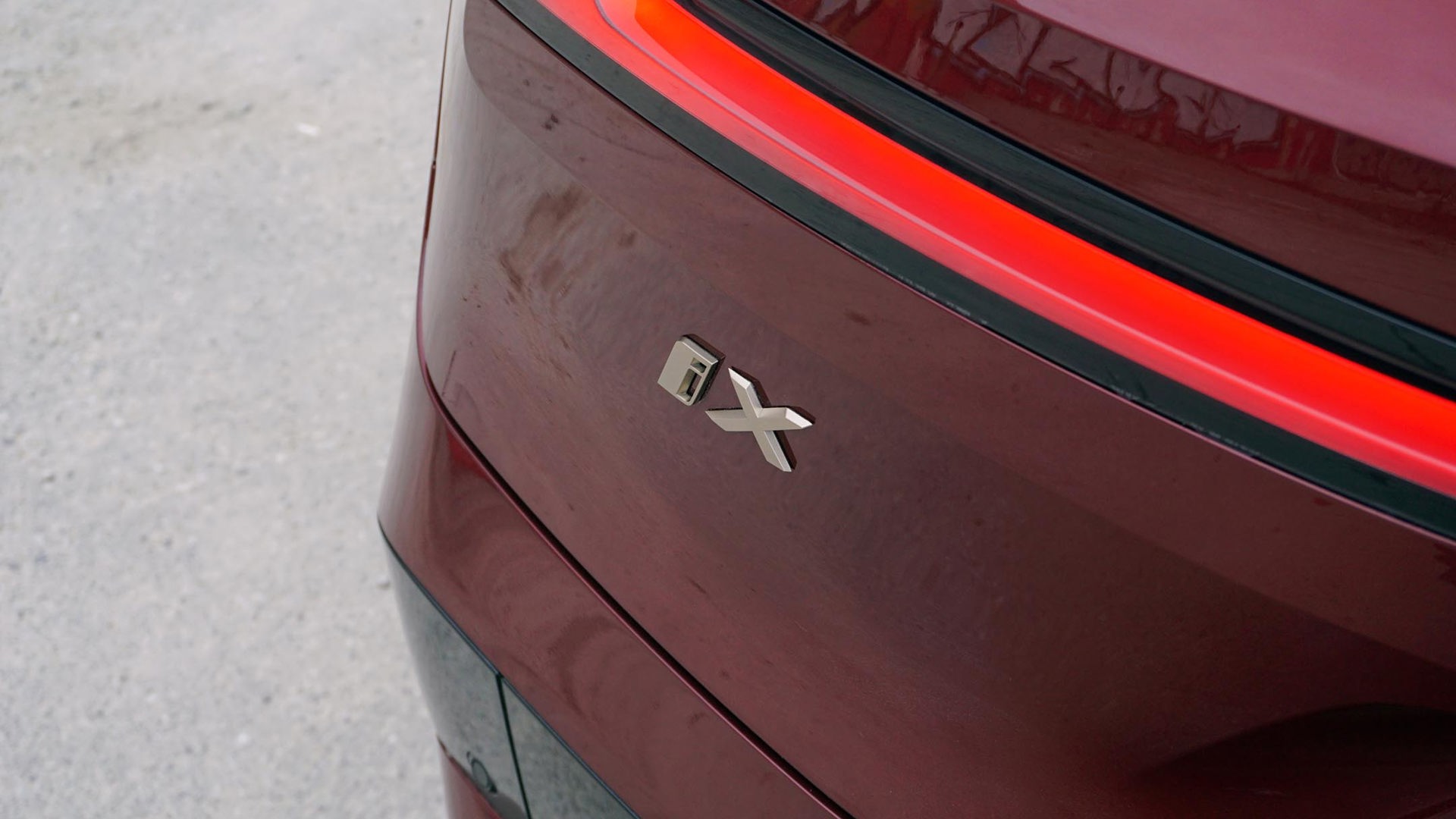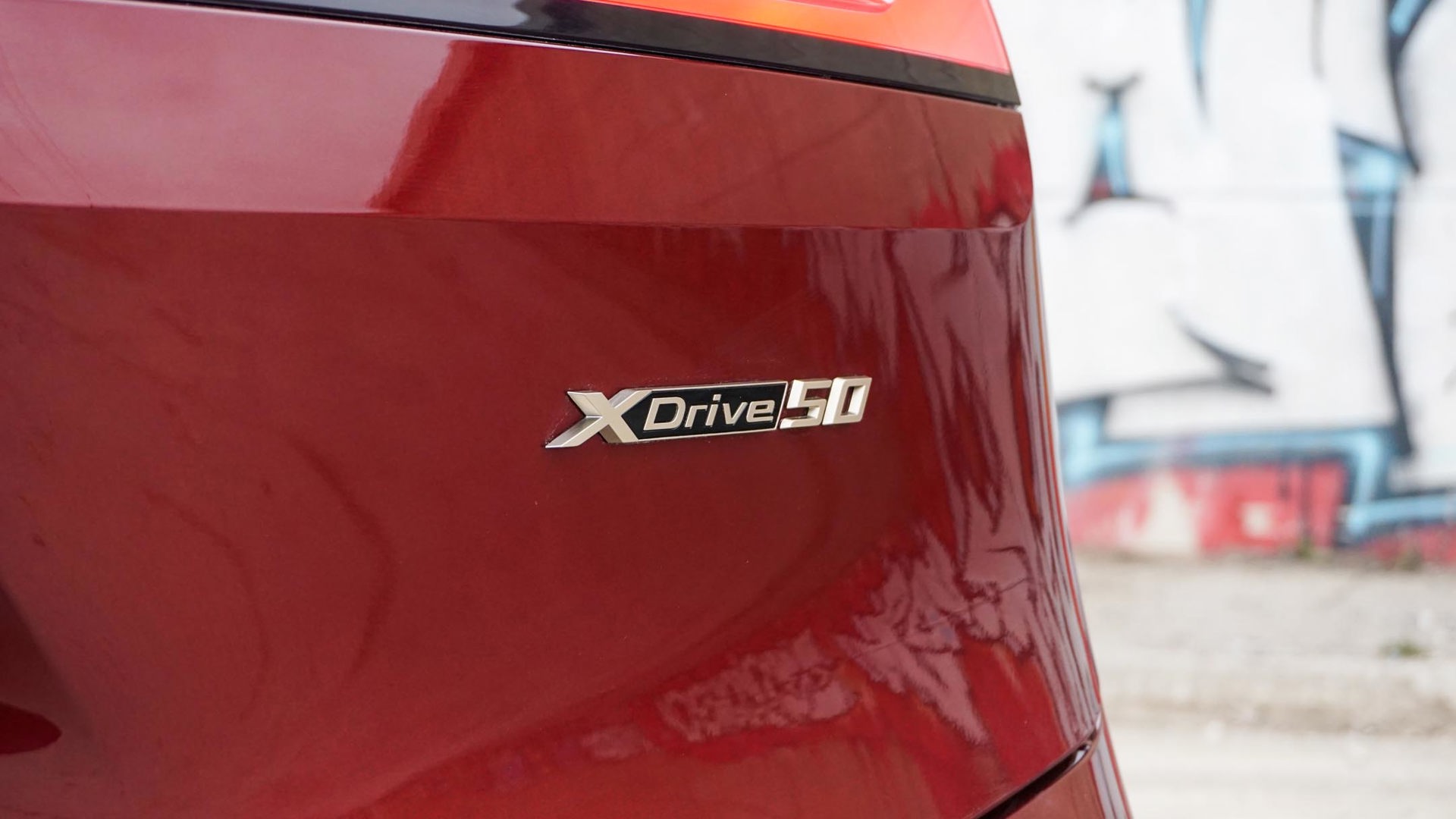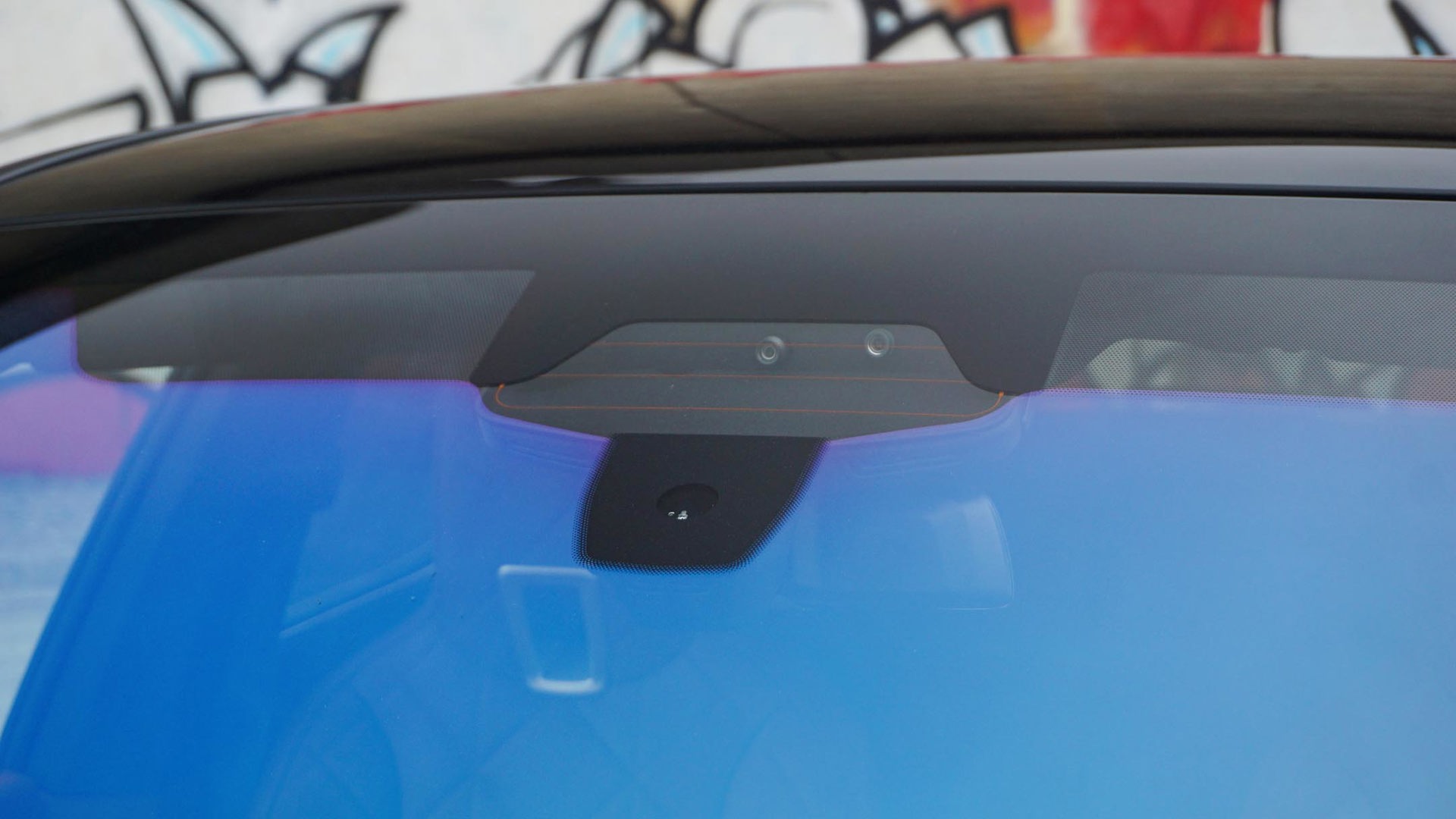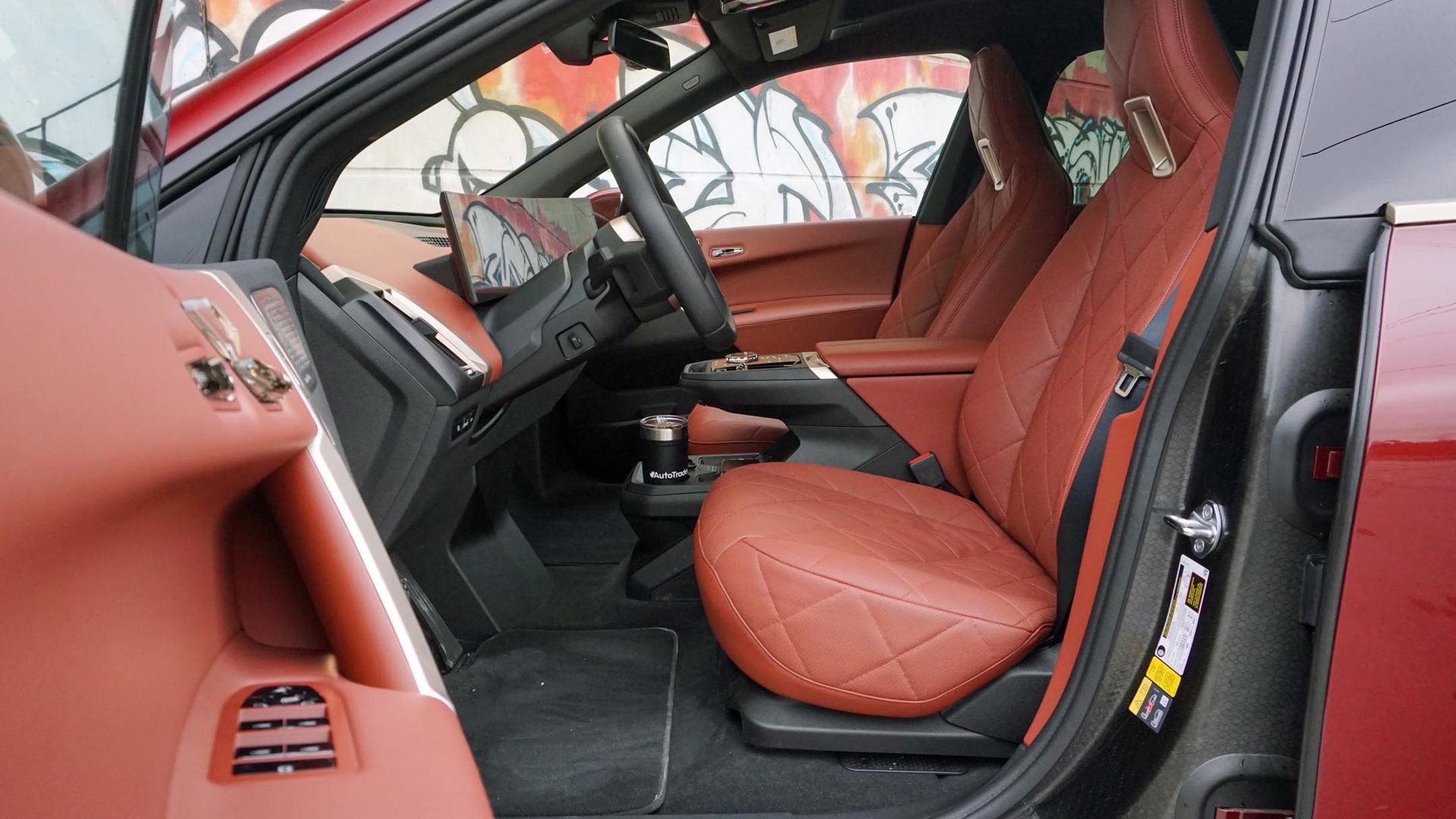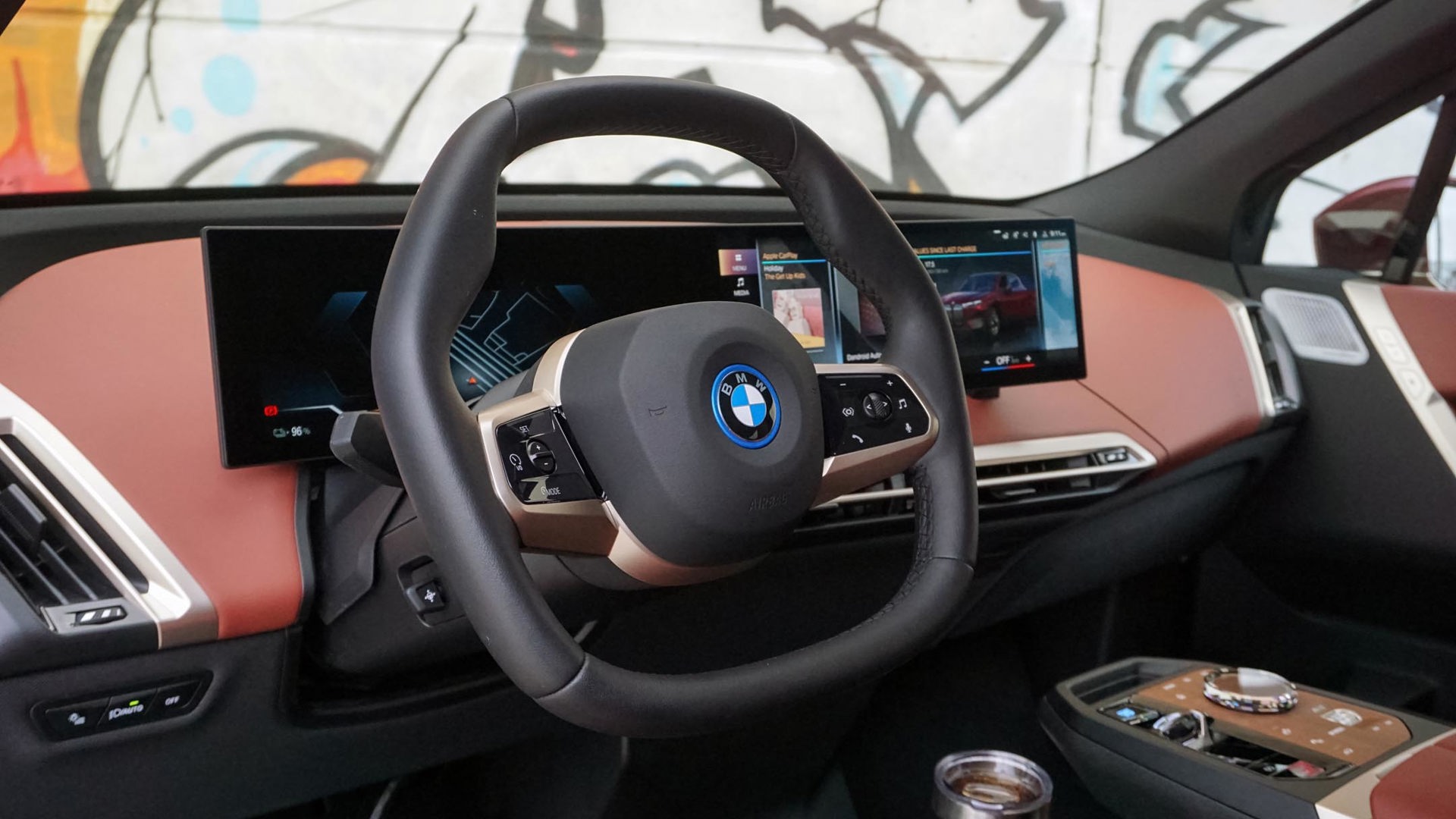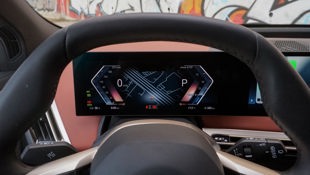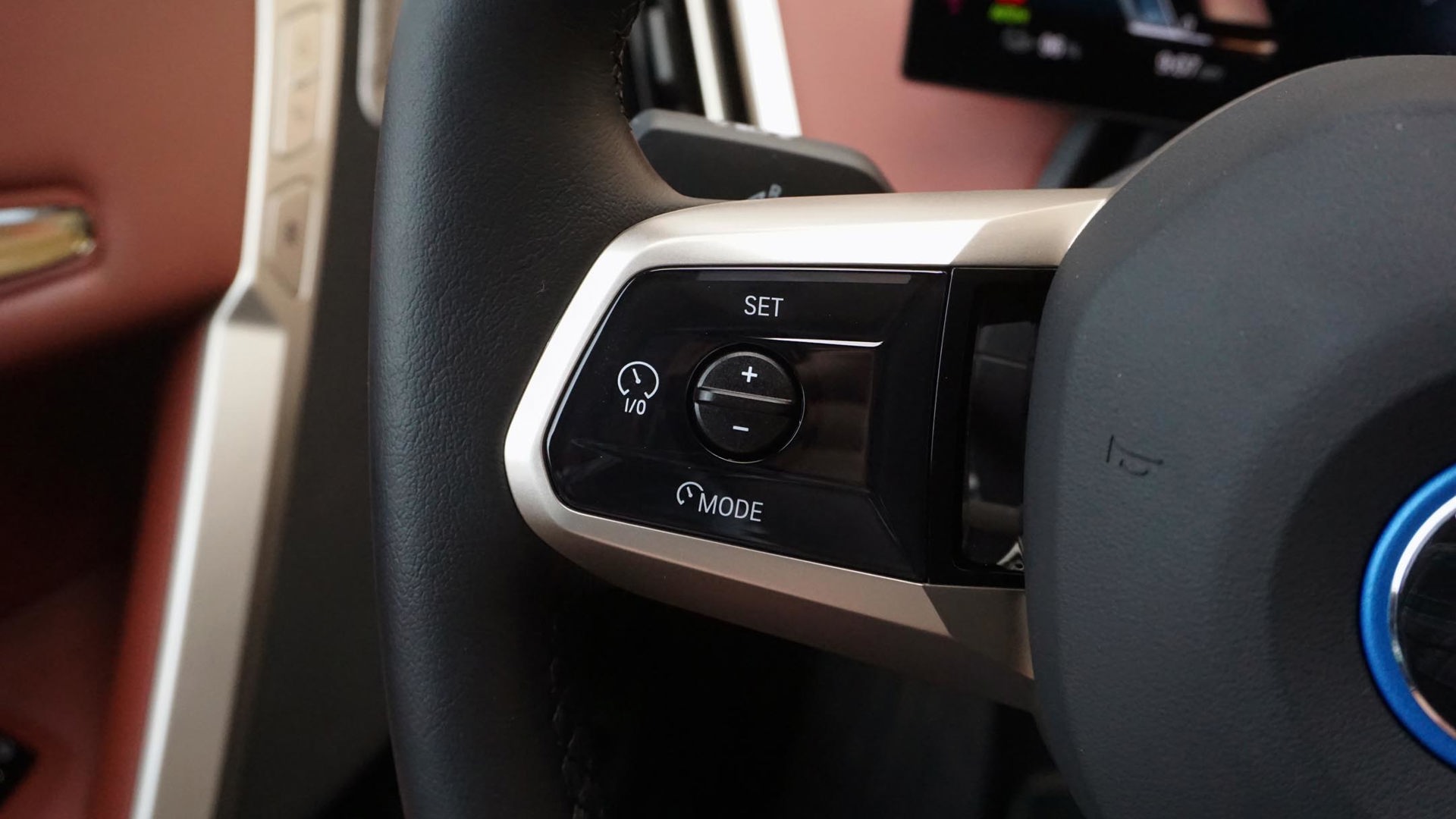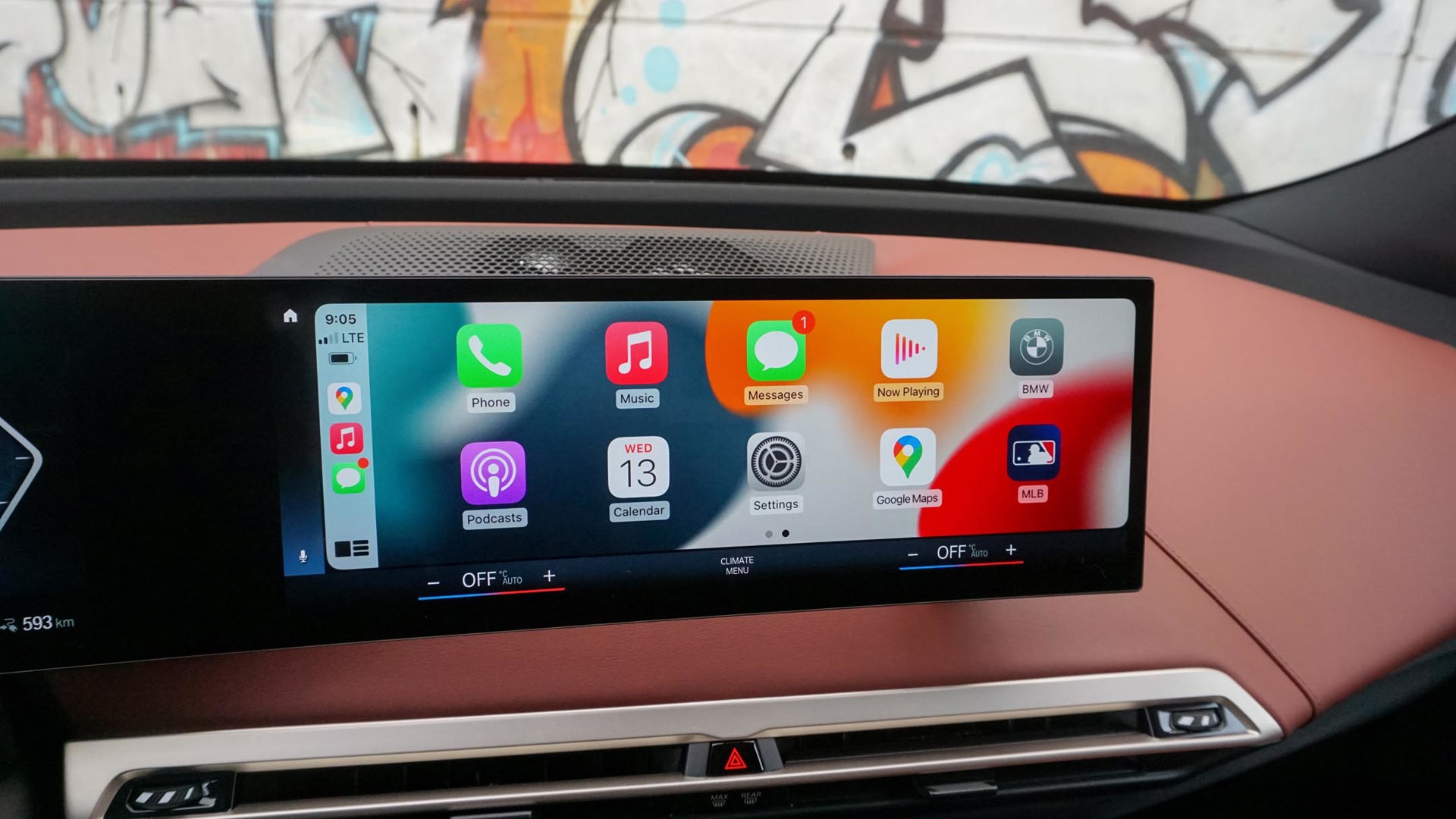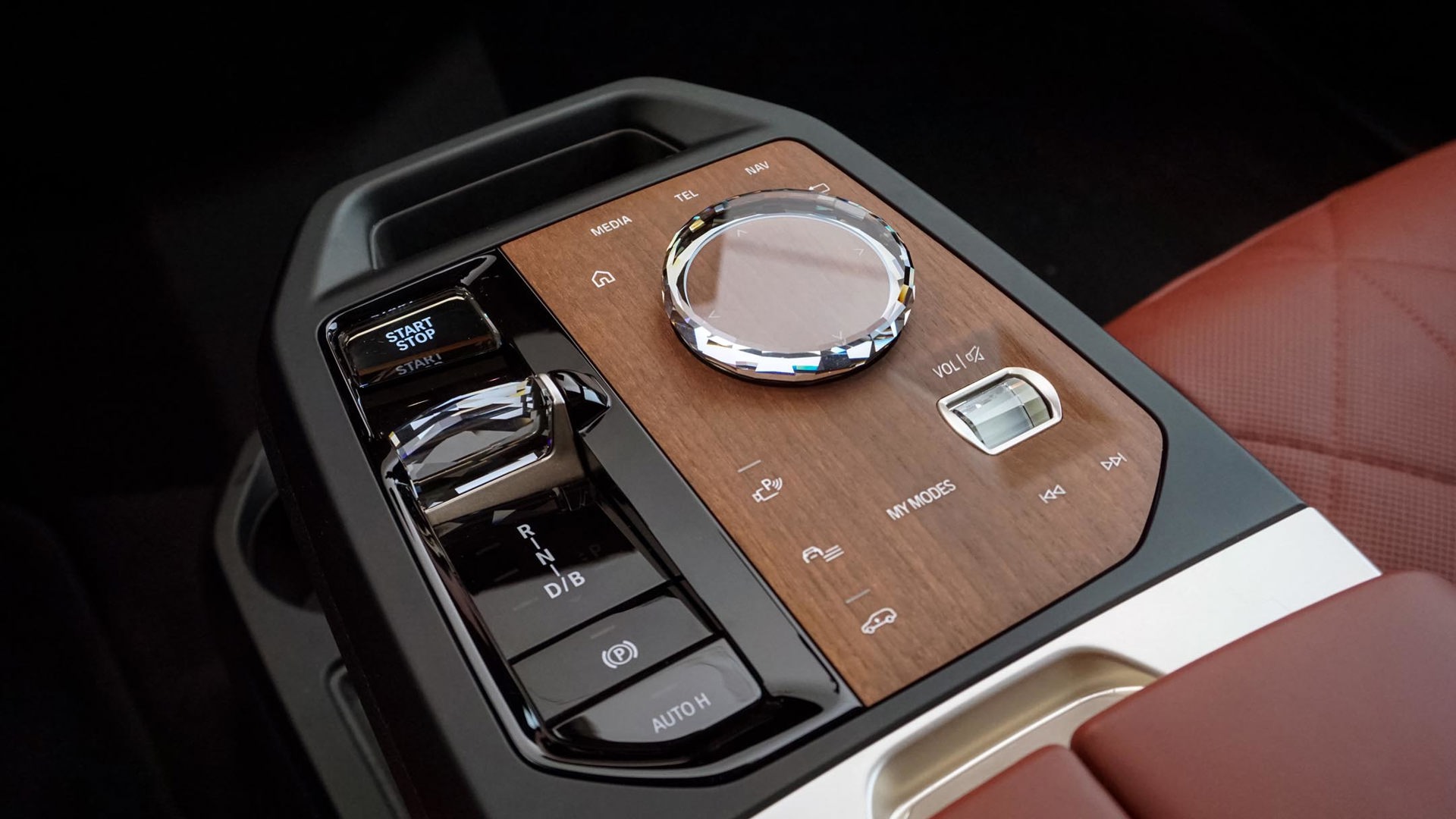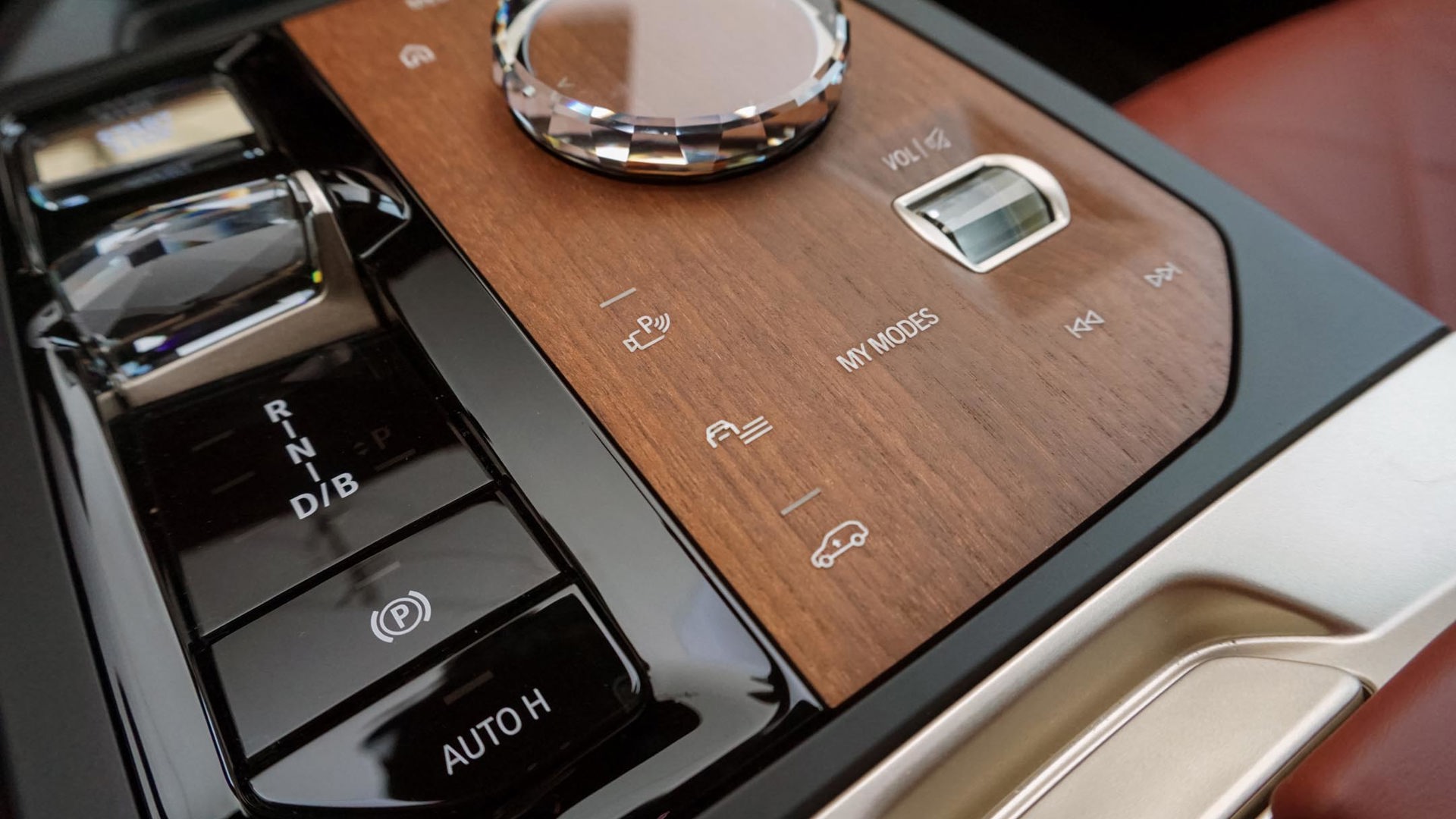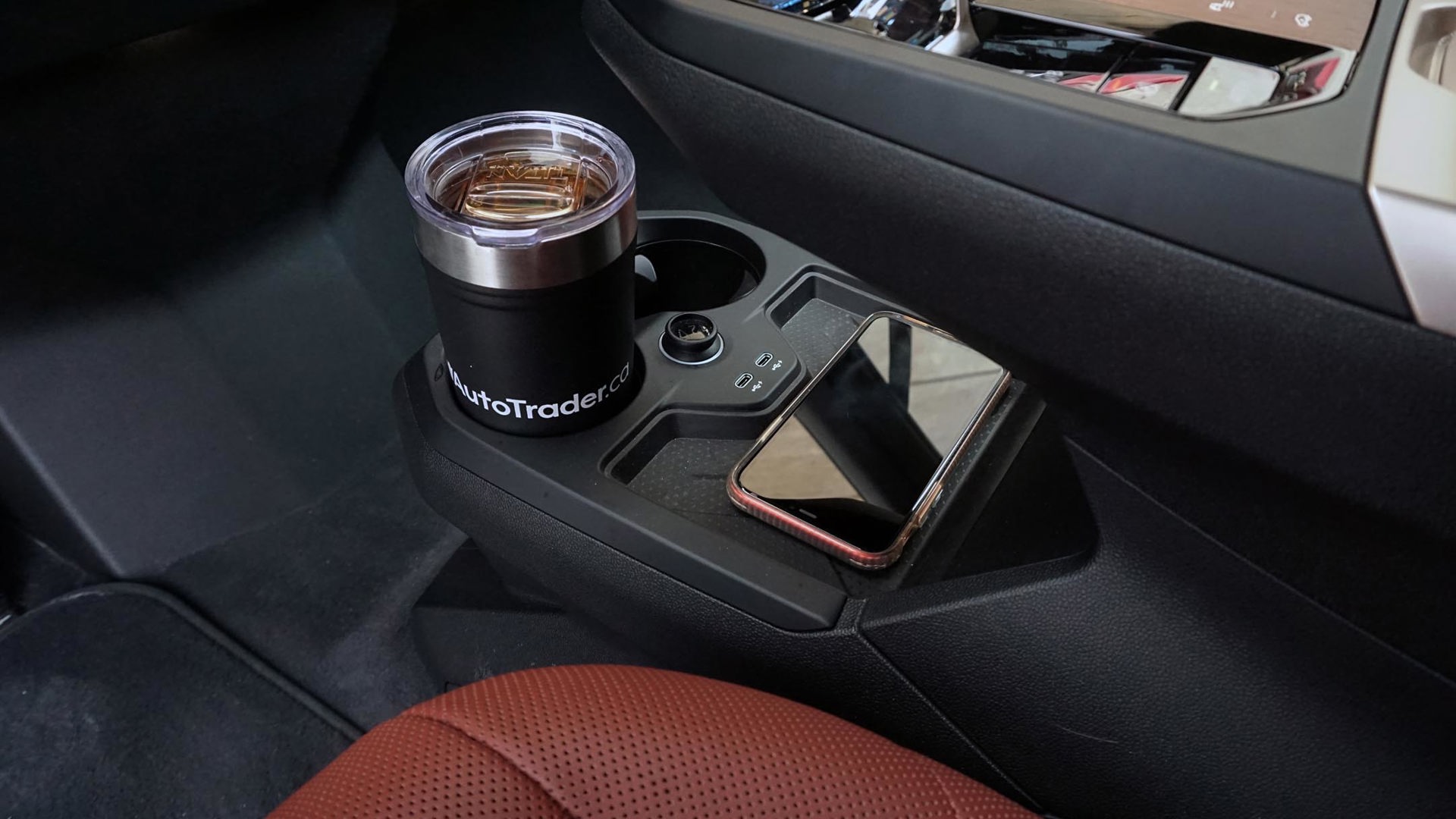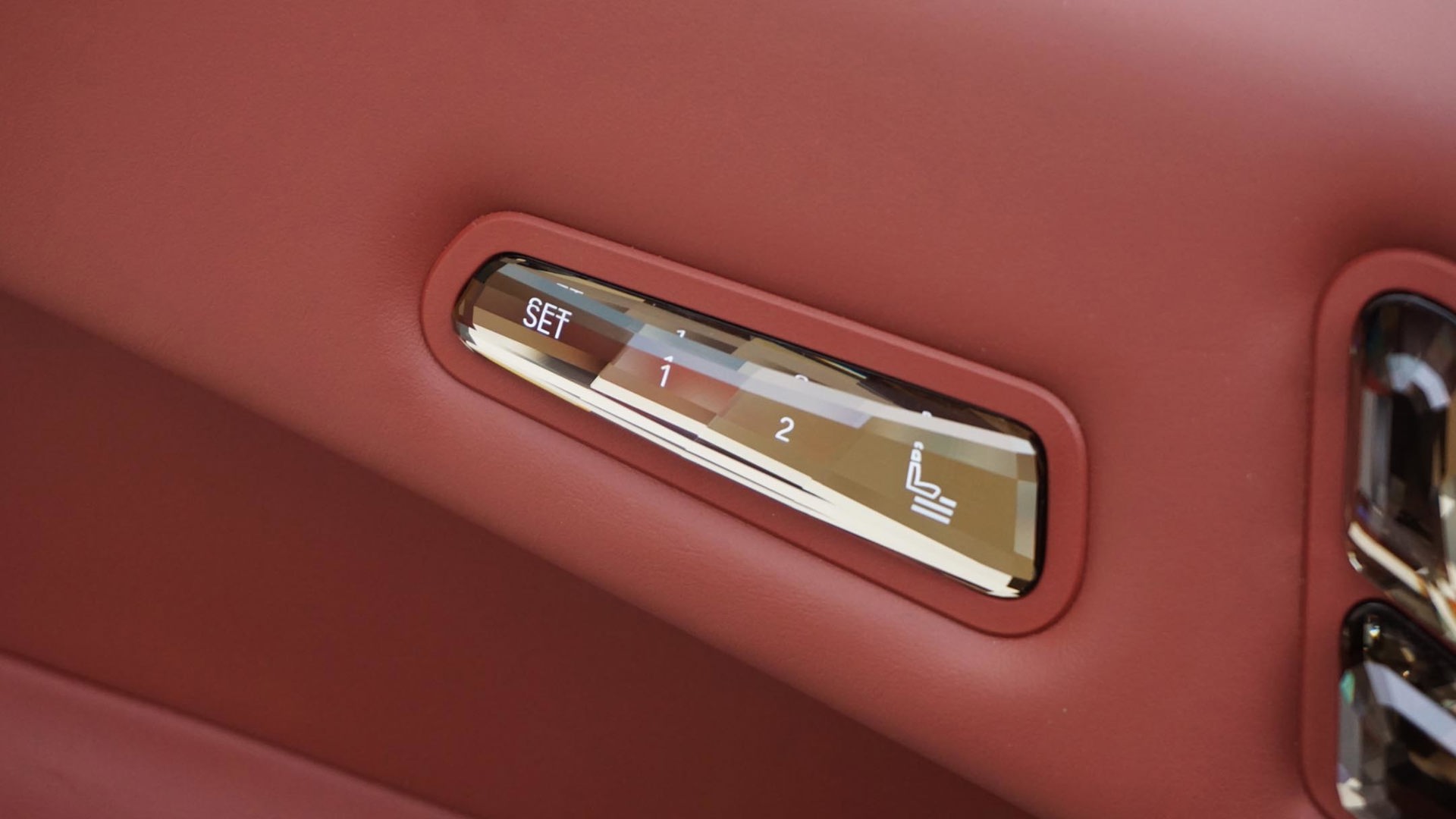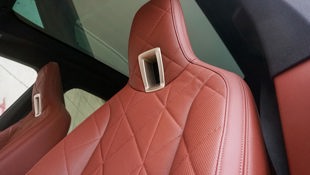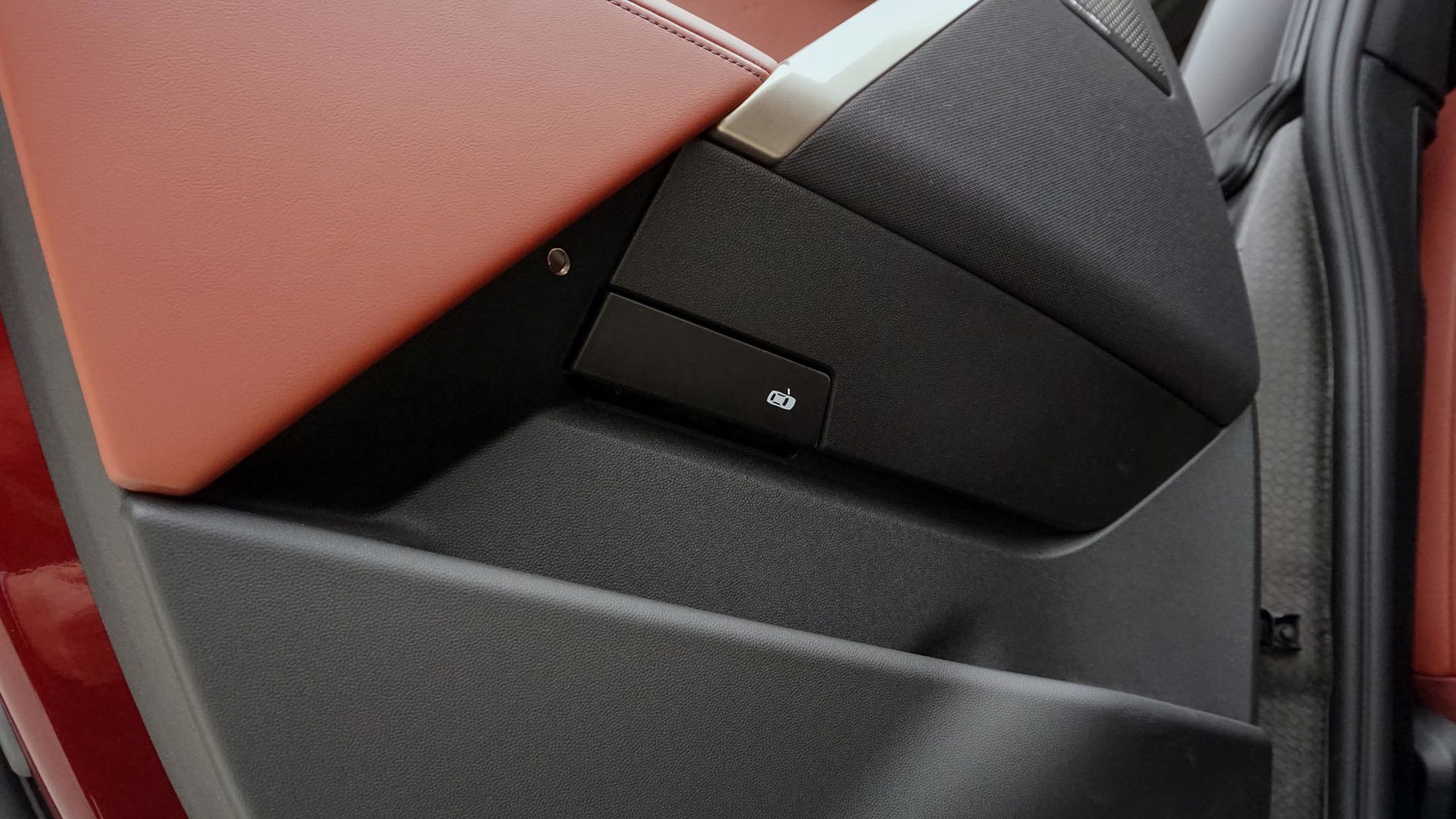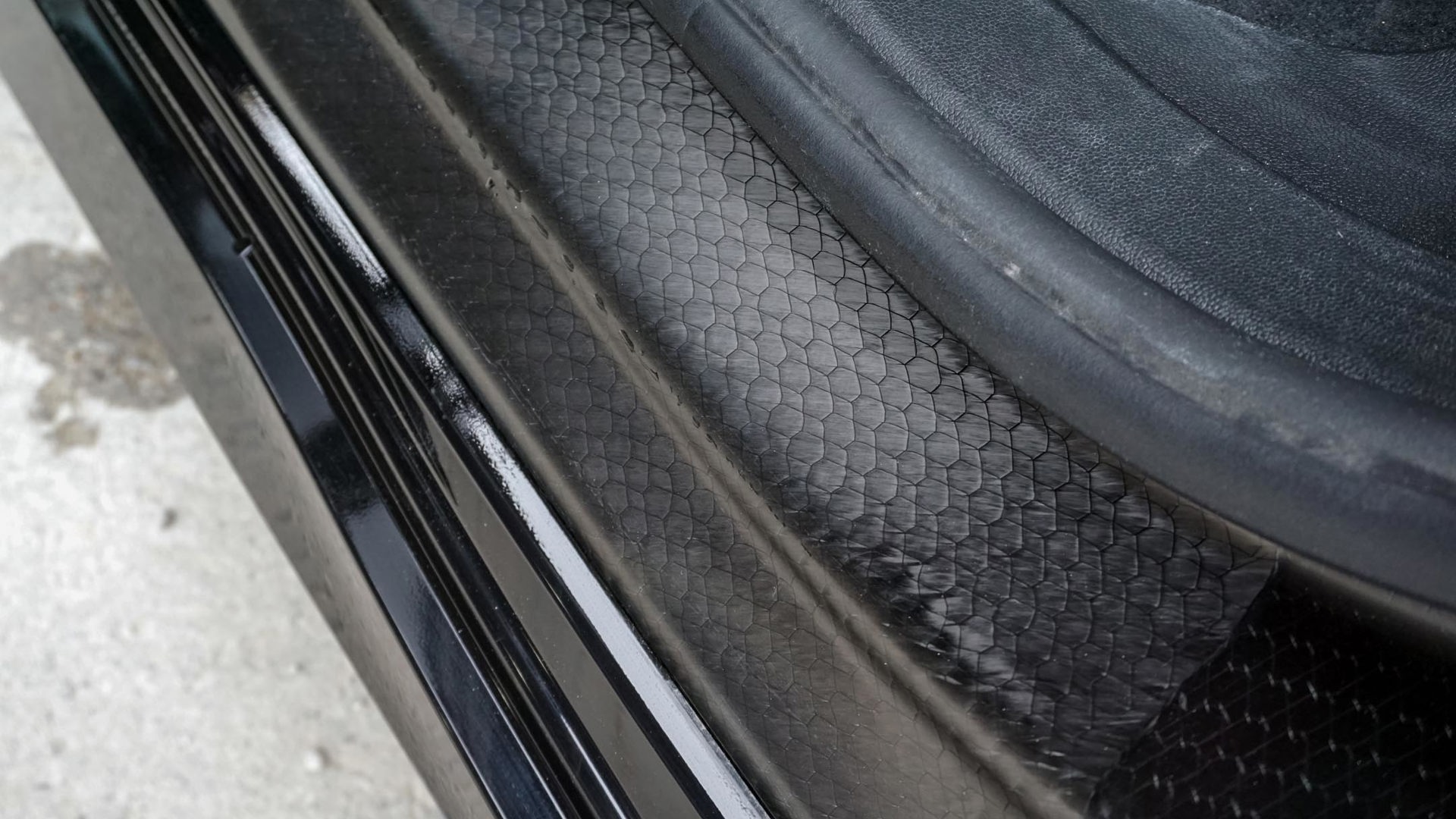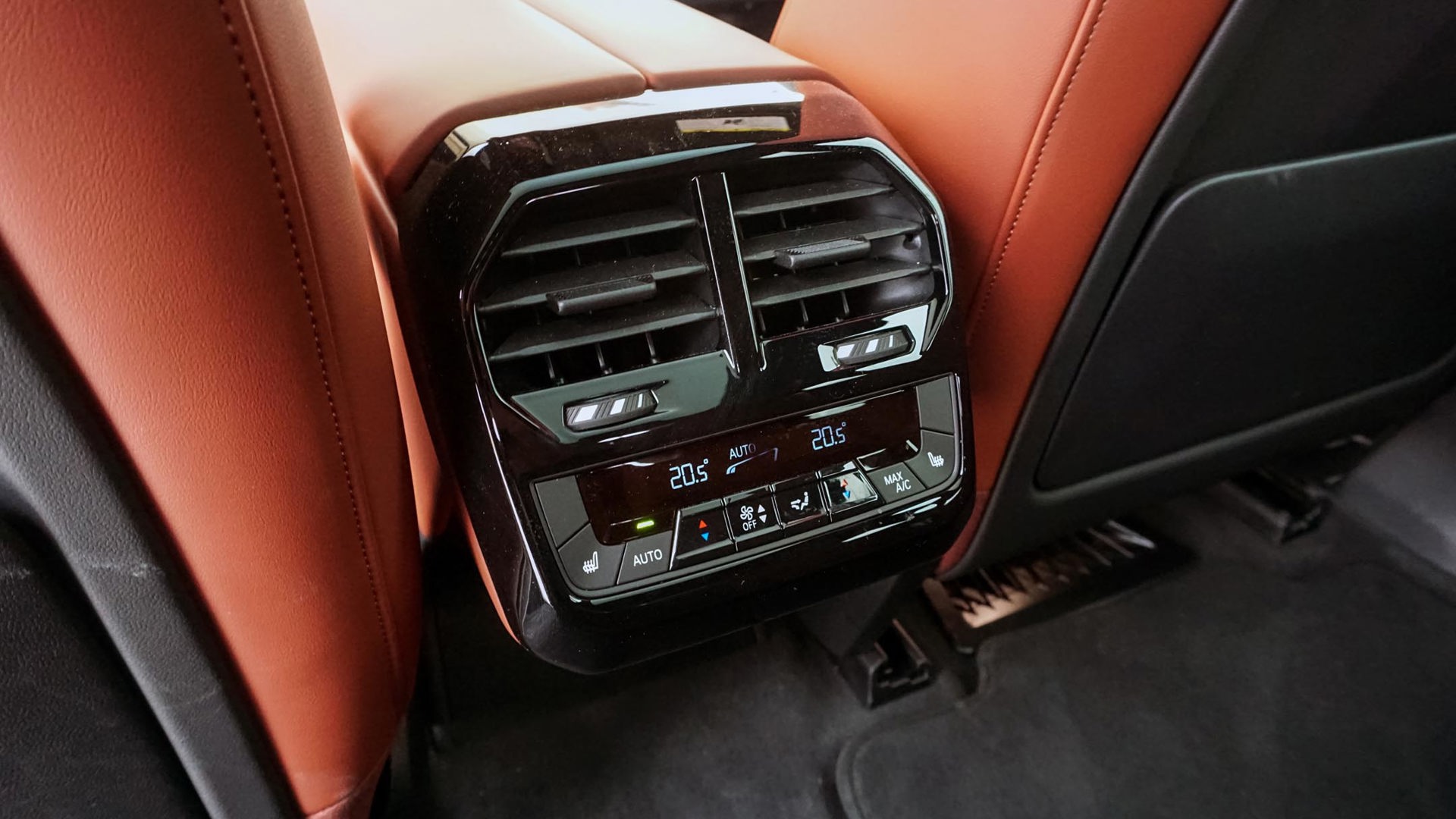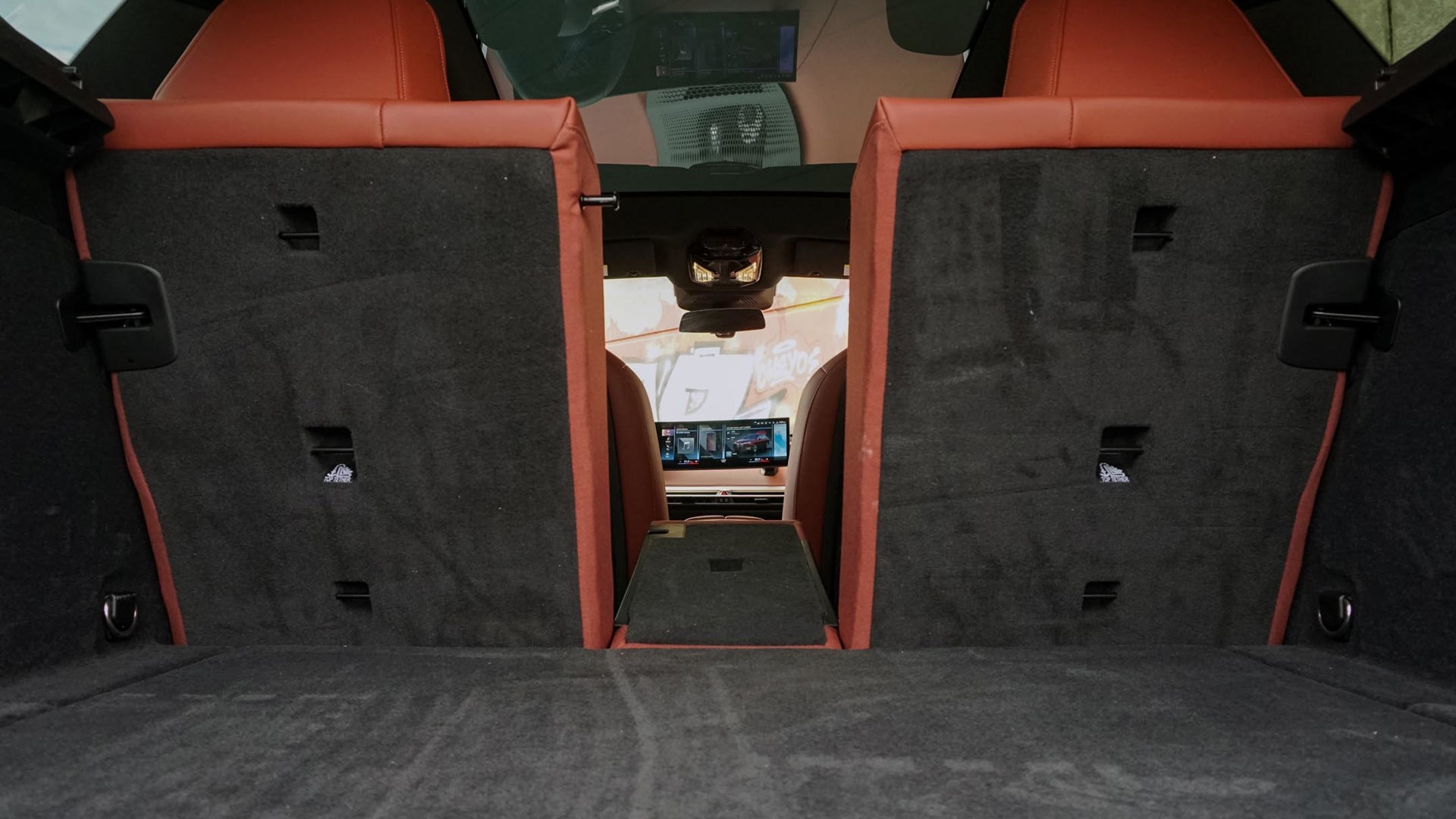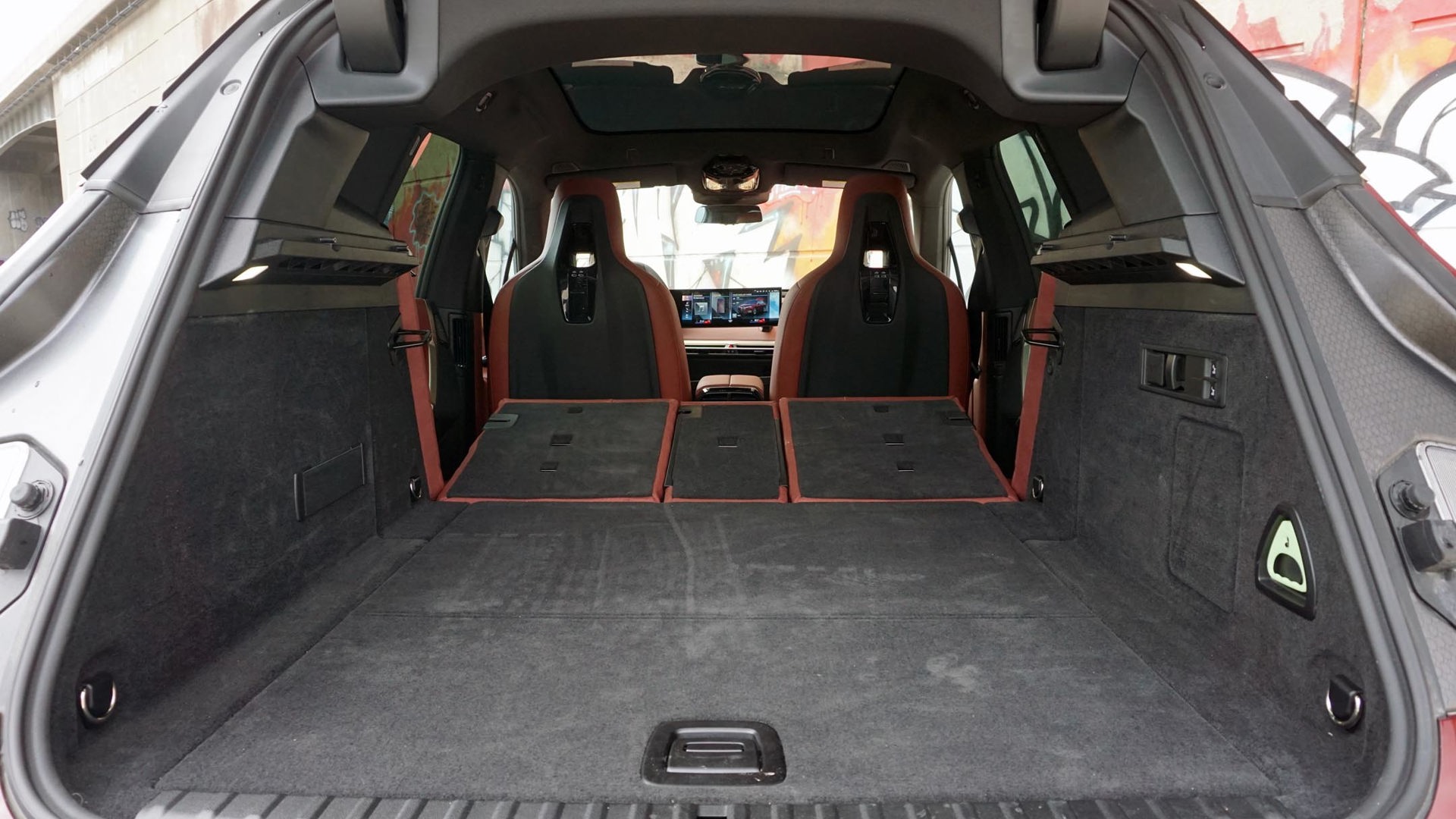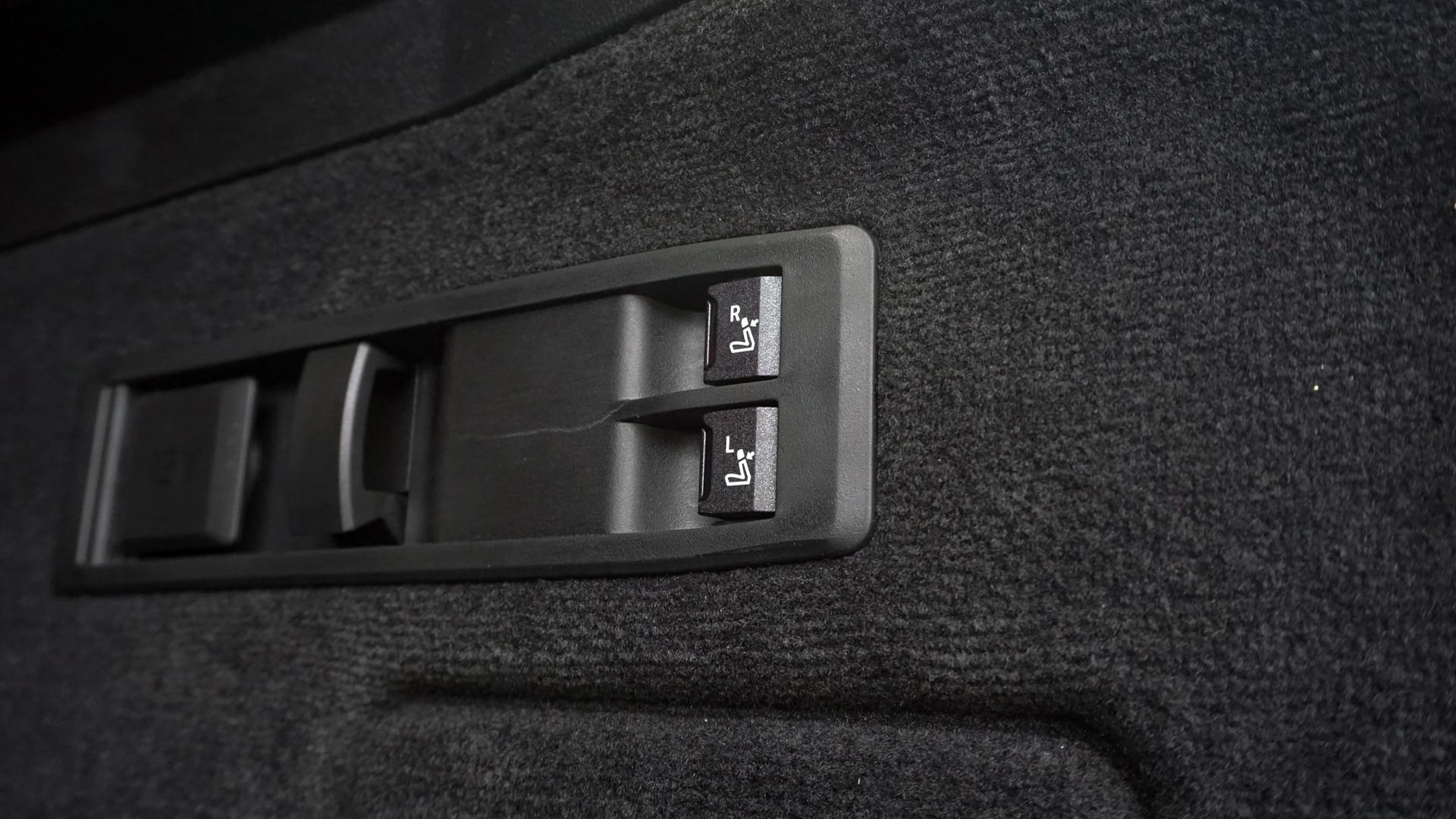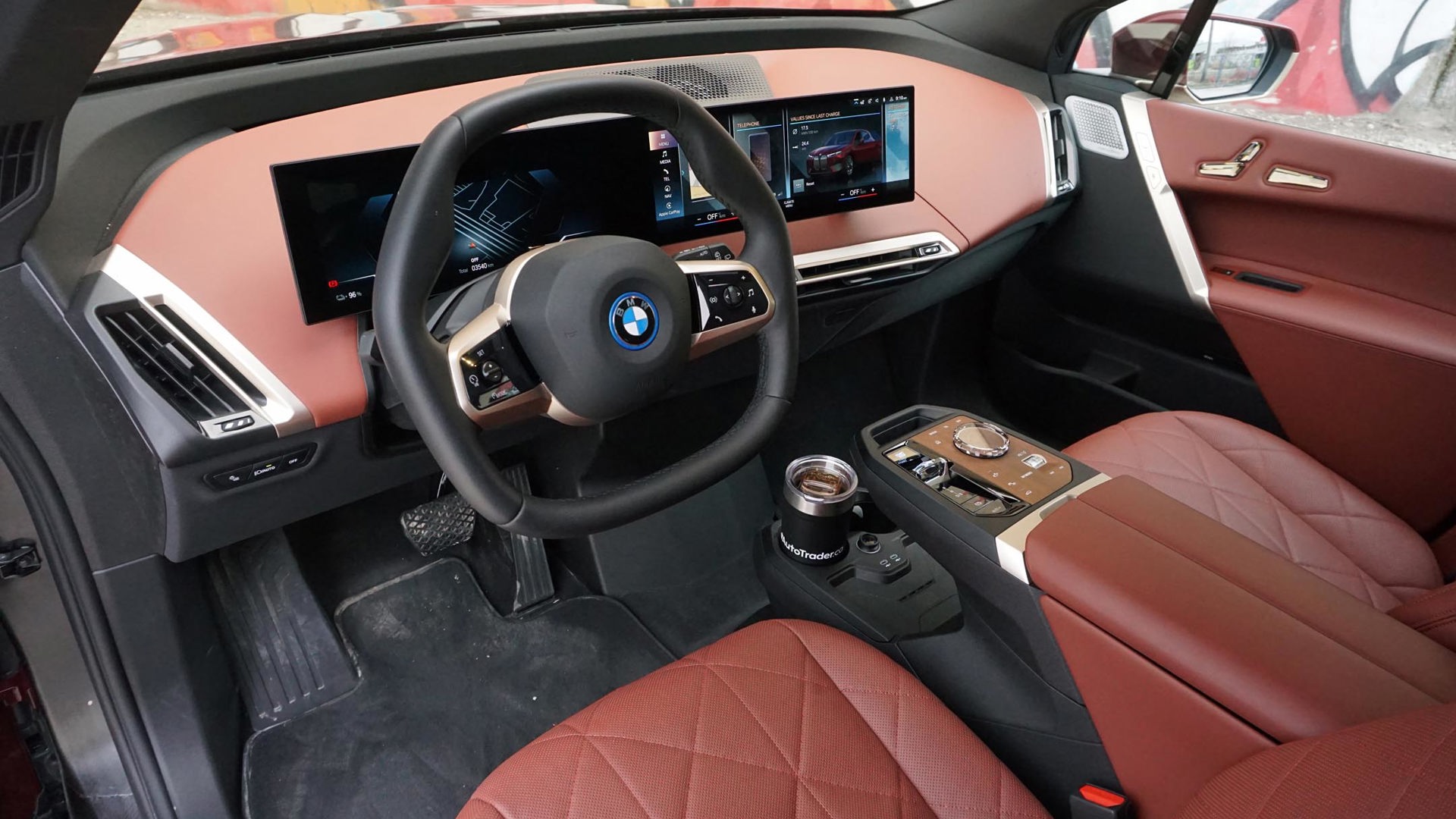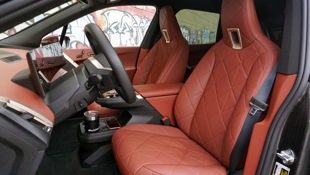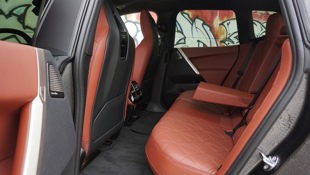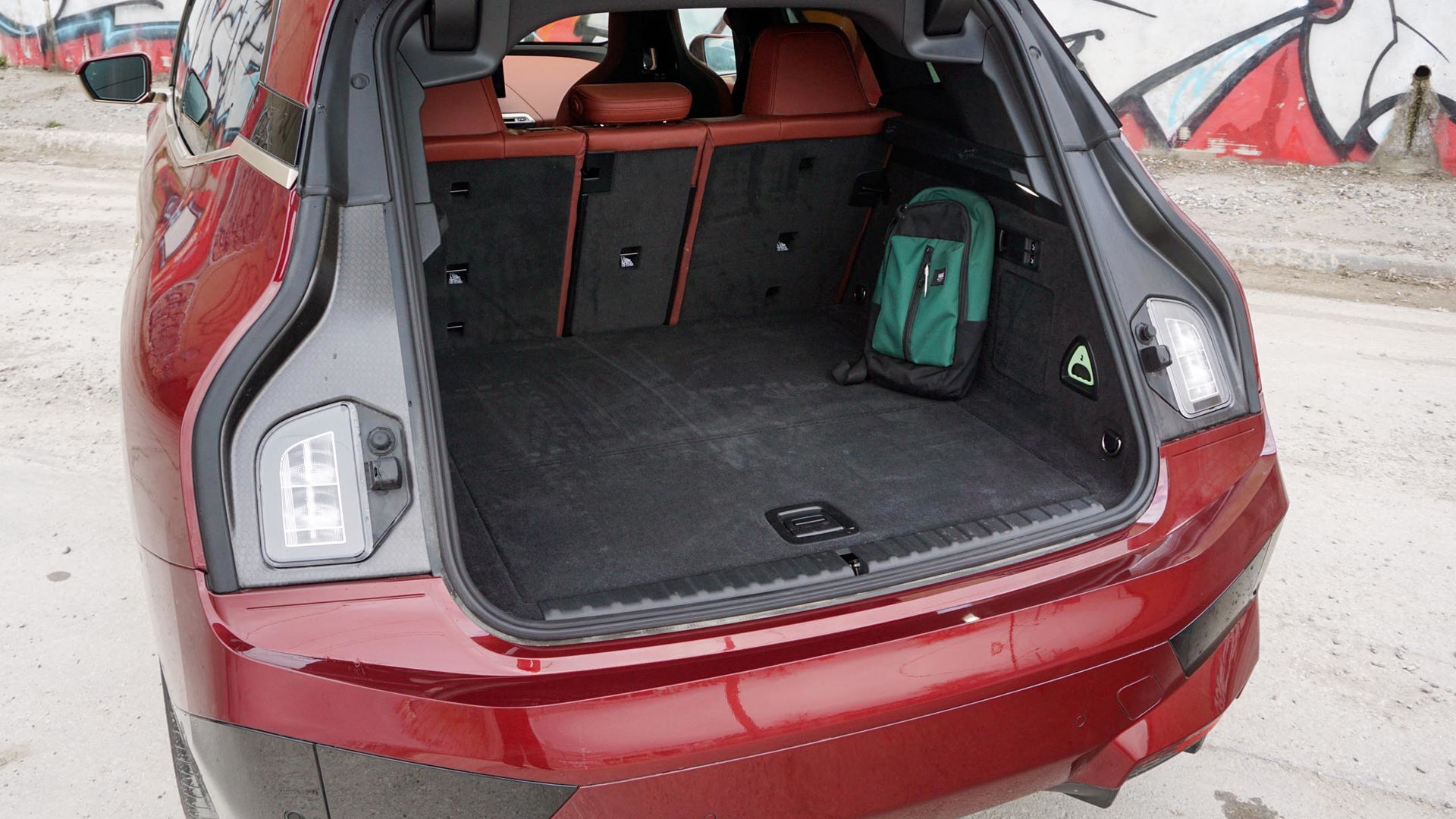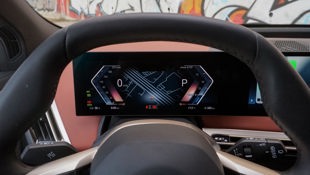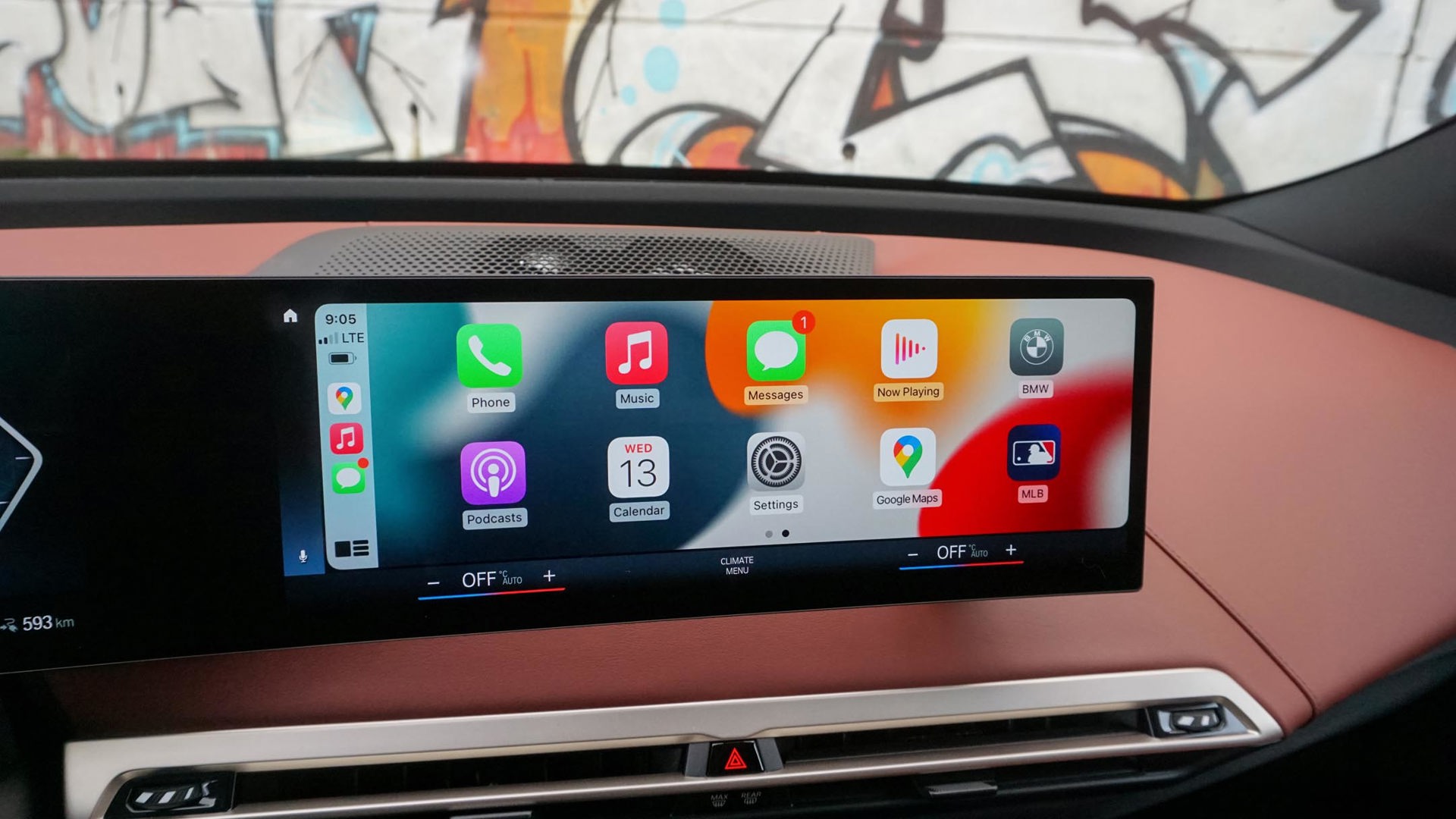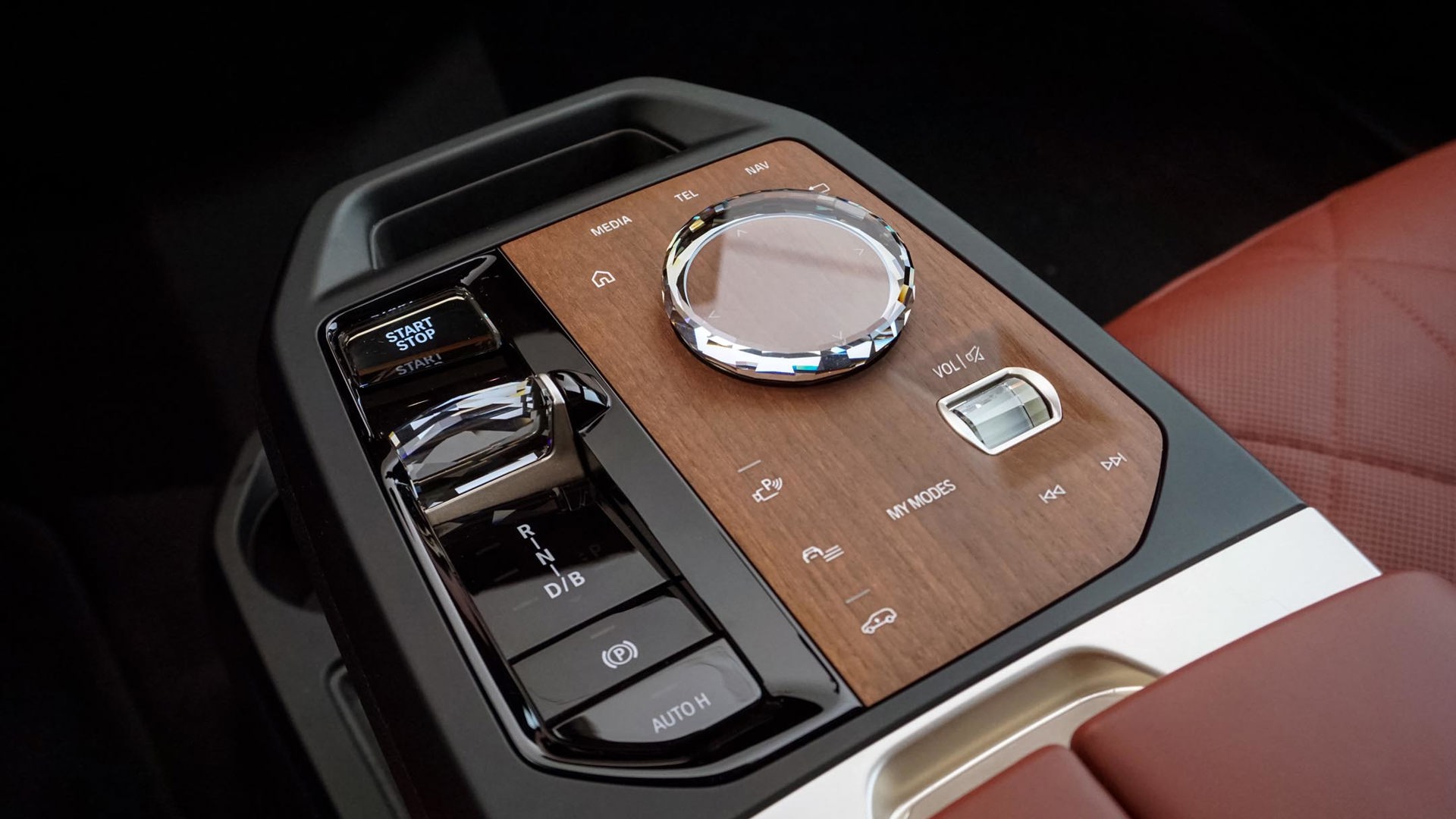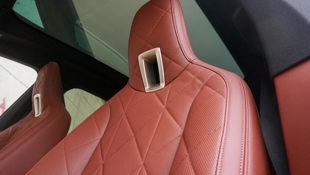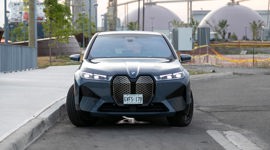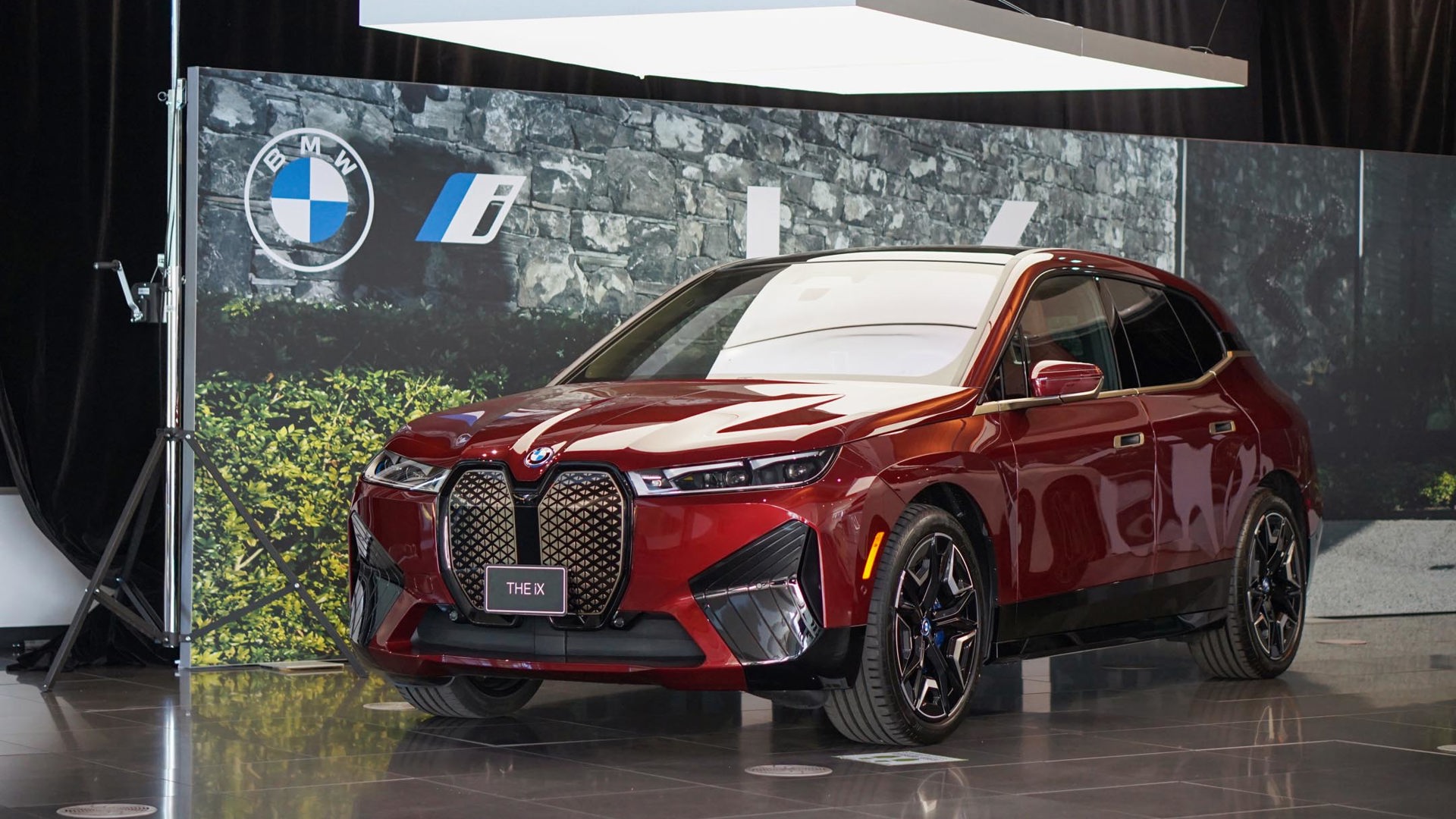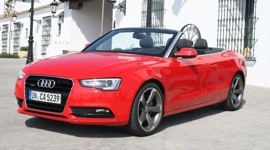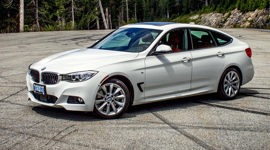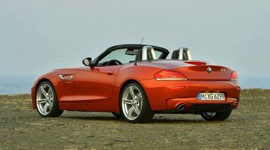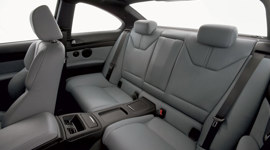 AutoTrader SCORE
AutoTrader SCORE
-
STYLING7/10
-
Safety9/10
-
PRACTICALITY9/10
-
USER-FRIENDLINESS8/10
-
FEATURES10/10
-
POWER10/10
-
COMFORT10/10
-
DRIVING FEEL10/10
-
FUEL ECONOMY9/10
-
VALUE8/10
Each one of us measures value differently.
For some, it’s a matter of getting the biggest return for the least amount of money, while for others it’s about the confidence that comes with knowing whatever was spent went towards the best product or service possible. It’s the reason a Grand Seiko can reach into Rolex territory, while a standard Seiko that doesn’t look too different at first blush can be picked up at The Bay for barely a few hundred bucks. Better still, both are easily justified – and enjoyed – by their respective buyers.
The 2022 BMW iX xDrive50 manages to deliver both versions of value. This electric vehicle (EV) is undeniably expensive, with a starting price exceeding $92,000. But in a market moving towards electrification at a quickening rate, this is anything but a compliance car (er, crossover). With an easy-to-drive demeanour, decent range, and impressive features, this iX is a technological showpiece that’s equal parts packed with value and worth every penny in terms of luxury.
Styling: 7/10
But first, the front end. Yes, we have to go over the grille. Surely, every single one of us has had an argument in which the other party doubles and triples down on a bad idea. That’s what it feels like to be faced with BMW’s increasingly egregious grille designs, which have been universally panned yet seem to somehow get worse with each new model.
If it’s true what Dennis the Menace once said, that men only have belly buttons so they won’t look weird in bathing suits, then this is the automotive equivalent. Since the iX is all-electric and doesn’t require a pass-through grille like a gas-powered vehicle needs for cooling, this plastic panel is just for show. And in fairness, the funky fascia at least matches well with the rest of the exterior design, unlike the stylistically shocking 4 Series.
Proportionally, there’s almost a van-like vibe to the iX, with two friends separately opining that it looks a bit like a next-gen Honda Odyssey – particularly from the rear three-quarter perspective. It’s long, low, and lean, with something of a nondescript style beyond the BMW badges, yet it managed to turn heads during this week-long test in a way few others this side of supercars have been able to match in recent memory.
User Friendliness: 8/10
The cabin boasts a minimalist motif that’s perhaps not quite as pronounced as it is inside the Tesla Model X, but it’s in the same vein. The vast majority of buttons have been stripped away, centralizing most controls to the touch display instead. It certainly brings with it a fairly steep learning curve, although those with previous BMW experience will find themselves with at least a slight advantage.
Even so, the interface itself is made up a wall of tiny icons beyond the home screen of so-called widgets, while connecting a smartphone via either Android Auto or Apple CarPlay, both of which are wireless, wasn’t as seamless as it should’ve been during testing. While the problem could be a simple software update away from solving, none was available at the time of this writing. That meant being forced to reconnect saved devices each day, with the process failing at least a few times.
Like virtually every other EV on the market, BMW has taken to unnecessarily reinventing some menial control just for the sake of it. Much to the chagrin of every single occupant who entered the iX during this test, the button-based door release led to plenty of fumbling to find the way out. Likewise, that most functions for the front seats – heat, ventilation, and lumbar – lack corresponding physical controls can be frustrating. Thankfully, voice commands can be used to call up most functions, too.
Practicality: 9/10
That the iX is an EV means liberties could be taken in terms of the way it’s laid out inside. For instance, the centre console isn’t connected to the dash, leading to a sense of openness up front (plus, it provides a convenient place for a handbag to sit within arm’s length of either front seat). Even the dashboard itself sits lower than those of conventionally powered crossovers, with all of it falling below the cowl for improved visibility.
The almost van-like profile of this crossover results in a tremendously low step-in through both sets of doors, while accommodations are generous front and back. Cargo access is hampered a bit by a tall liftover, while the chunky rear haunches result in just 500 L of space behind the 40/20/40 split-folding back seats.
Driving Feel: 10/10
In spite of how future-forward the iX looks and feels, not to mention all the technology that’s integral to the entire experience it provides, it’s perhaps the single most conventional EV on the market at the moment in terms of its drive. That’s true not just of its overall approachability, with a get-in-and-go simplicity, but in the way it eschews the typical characteristics of electrification.
Despite being fundamentally the same as other EVs like it, with its battery pack mounted low in the floor, the more than 2,567-kg (5,660-lb) iX xDrive50 wears its weight well and doesn’t feel nearly as heavy as it is. Likewise, with its aluminum space frame and carbon fibre-reinforced plastic (CFRP) structure, the inherent stiffness that comes with an EV’s battery layout is better distributed throughout the entire vehicle as opposed to being noticeably low.
Of course, there’s no way to hide the quietness that comes with electrification; and it will also take time for the uninitiated to adjust to the regenerative braking, which can feel quite jarring – especially in its most aggressive setting that allows for one-pedal driving, with the iX coming to a complete stop without using the mechanical brakes. But overall, it’s a satisfying and smooth vehicle to operate. The electric steering is weighty and responsive, aided by the xDrive50’s rear-axle steering, while the air suspension provides tremendous comfort and control.
Power: 10/10
There’s also no masking the uniqueness of an EV’s torque delivery, which is instantaneous as opposed to the gradual buildup of an internal combustion engine. In the case of the iX xDrive50, electric motors at each axle combine to generate 516 hp and 564 lb-ft of torque – more than the likes of the BMW M4 sports car, although there’s more to the story.
There’s no denying that this electric people-mover is peppy; it’ll do the dash from zero to 100 km/h in about 4.5 seconds. But it’s nowhere near as amped-up (excuse the pun) as most 500-hp BMWs might be, with a serenity instead that extends beyond what’s heard – or, more aptly, what isn’t. For as quickly as it dashes around when called upon, the iX seems to encourage mellow driving.
Fuel Economy: 9/10
It rewards such an approach, too, with decent official range estimates that only get better when operated with efficiency in mind. In the case of this tester and its optional 22-inch wheels ($1,500), the 507 km it’s estimated to travel between charges is a little less than a comparable Tesla Model X but better than most other EVs on the market.
In reality, this iX xDrive50 managed to best its official combined consumption rate of 25.3 kWh/100 km, with the week ending at 20.5 over the course of nearly 720 km. That’s about the same as a Model X, and in line with a roughly 520-km range.
When it’s time to charge, the 111.5-kWh battery pack can be hooked up to a DC fast-charger and draw at rates up to 200 kW, with BMW claiming it can go from 10 per cent to 80 per cent in about 30 minutes. While the battery was never drained that low during testing, hooking up to a 50-kW charger saw it jump from 53 per cent to 99 per cent in a little more than an hour. Hooking up to the type of Level 2 connection that’s recommended for household use, meanwhile, should net a full charge in about 11 hours.
Features: 10/10
This being a $92,000 battery-electric BMW, the vast majority of what comes with it can’t be seen, like the massive battery pack, twin-motor all-wheel drive system, four-wheel steering, and adaptive air suspension. But there’s all kinds of good stuff that’s tangible, too, like the 14.9-inch curved infotainment display with wireless Android Auto and Apple CarPlay, plus a connected smartphone app that can be used to lock and unlock the vehicle, start and stop charging – even remotely access the interior and exterior cameras.
With nearly $28,000 in options added to this tester, little was left to be desired. Highlights include the electrochromic glass roof that uses polymer dispersed liquid crystal (PDLC) to adjust the tint, as well as augmented reality for the onboard navigation. Those make up part of the pricey Premium Enhanced package ($9,900) that truly elevates the iX experience to the level of a proper showpiece.
Comfort: 10/10
Also included in that package is extended surface heating that warms not just the front and rear seats (only heated front seats are standard in the xDrive50) but also contact points like the armrests and steering wheel. It also includes increased front-seat adjustability, as well as a massage setting for the driver’s seat; the same feature for the passenger seat was likely a victim of the global microchip shortage that’s ravaged the auto industry since the start of the pandemic.
Either way, the front seats proved comfortable and supportive during testing, but the biggest surprise was that the same applied to the rear seats. It’s not often a back bench – even a contoured one such as this – is worthy of praise, but the thick cushion and upper sculpting were enough to make this one a genuinely pleasant place to spend time.
Naturally, the air suspension provides a compliant ride, and one that makes the massive 22-inch wheels and corresponding low-profile tires a non-issue. The roughest surfaces encountered during testing could do nothing to upset the composure of this crossover, while the level of sound deadening is exceptional for a vehicle that can’t rely on mechanical white noise to keep exterior interference at bay.
The four-zone automatic climate control system proved supremely efficient during this early spring test, too, quickly warming or cooling the cabin. The iX also features a heat pump that can recover waste heat from the motors to warm the cabin or the battery pack in particularly cold temperatures.
Safety: 9/10
Advanced driver aids include forward collision warning with pedestrian and cyclist detection, as well as automatic emergency braking, blind-spot monitoring with rear cross-traffic alert, a safe exit assist system that can prevent the doors from being opened when traffic is approaching from behind, lane departure warning, and speed limit recognition. It’s not the most robust standard suite, with mainstream brands offering more by comparison, but it manages to do better than most premium products.
With the optional Driving Assistant Professional package ($2,000), the systems are rounded with lane-keep assist and adaptive cruise control. The latter works in stop-and-go traffic and also allows the iX to change lanes on its own on multi-lane highways – although unlike the Super Cruise system from General Motors (GM), the driver’s hands must remain on the wheel for it to work. The system responds well to traffic situations and can be adjusted to keep close enough to preceding vehicles that others can’t squeeze in between, though the automatic lane changes can feel a little sudden at times (that could just as easily be a by-product of the four-wheel steering).
Value: 8/10
Even with options that push the price of this tester up just shy of $120,000 before tax, the iX xDrive50 feels like it’s worth every penny. OK, almost every penny, as the $4,300 stereo seems a little overpriced and unnecessary as a stand-alone option. Even so, a gas-powered premium crossover this size can easily cost as much with the same selection of features, while a Tesla Model X starts at nearly $150,000. Meanwhile, the Audi E-Tron that only offers about 350 km of range starts a few thousand dollars cheaper but can cost close to as much with options.
The Verdict
There are unquestionably some challenges that come with the 2022 BMW iX xDrive50 – and they aren’t all aesthetic. Sure, living with that mug isn’t for the faint of heart, but neither is getting the hang of the way it all works inside. Patience is a necessary trait for prospective owners to possess, especially in the early days.
Graciously, though, none of that applies to the drive experience itself, which is easily mastered. That’s truly the most important part of an EV like this, and it takes no time at all to get the most out of it. Now add in all the fantastic features that make it stand out, and the BMW iX is a pretty outstanding vehicle – electric or otherwise.
| Engine Displacement | 400 kW |
|---|---|
| Engine Cylinders | Dual Electric Motors |
| Peak Horsepower | 516 hp |
| Peak Torque | 564 lb-ft |
| Fuel Economy | 2.7 / 2.8 / 2.7 Le/100 km, 24.3 / 24.5 / 24.4 kWh/100 km cty/hwy/cmb; 507 km est. range |
| Cargo Space | 500 / 1,750 L seats up/down |
| Model Tested | 2022 BMW iX xDrive50 |
| Base Price | $89,990 |
| A/C Tax | $100 |
| Destination Fee | $2,095 |
| Price as Tested | $119,885 |
|
Optional Equipment
$27,700 – Premium Enhanced Package, $9,900; Bower & Wilkins Diamond Surround Sound System, $4,300; Interior Design Suite, Castenea, $2,250; Sport Package, $2,000; Driving Assistant Professional, $2,000; BMW Laserlight Headlights, $1,500; 22-inch Bicolour Aero Wheels, $1,500; Aventurine Red Metallic Paint, $1,450; Ventilated Front Seats, $900; Glass Controls w/Walnut Console, $850; Titanium Bronze Trim, $500; Universal Remote Control, $300; Gesture Control, $250
|
|
